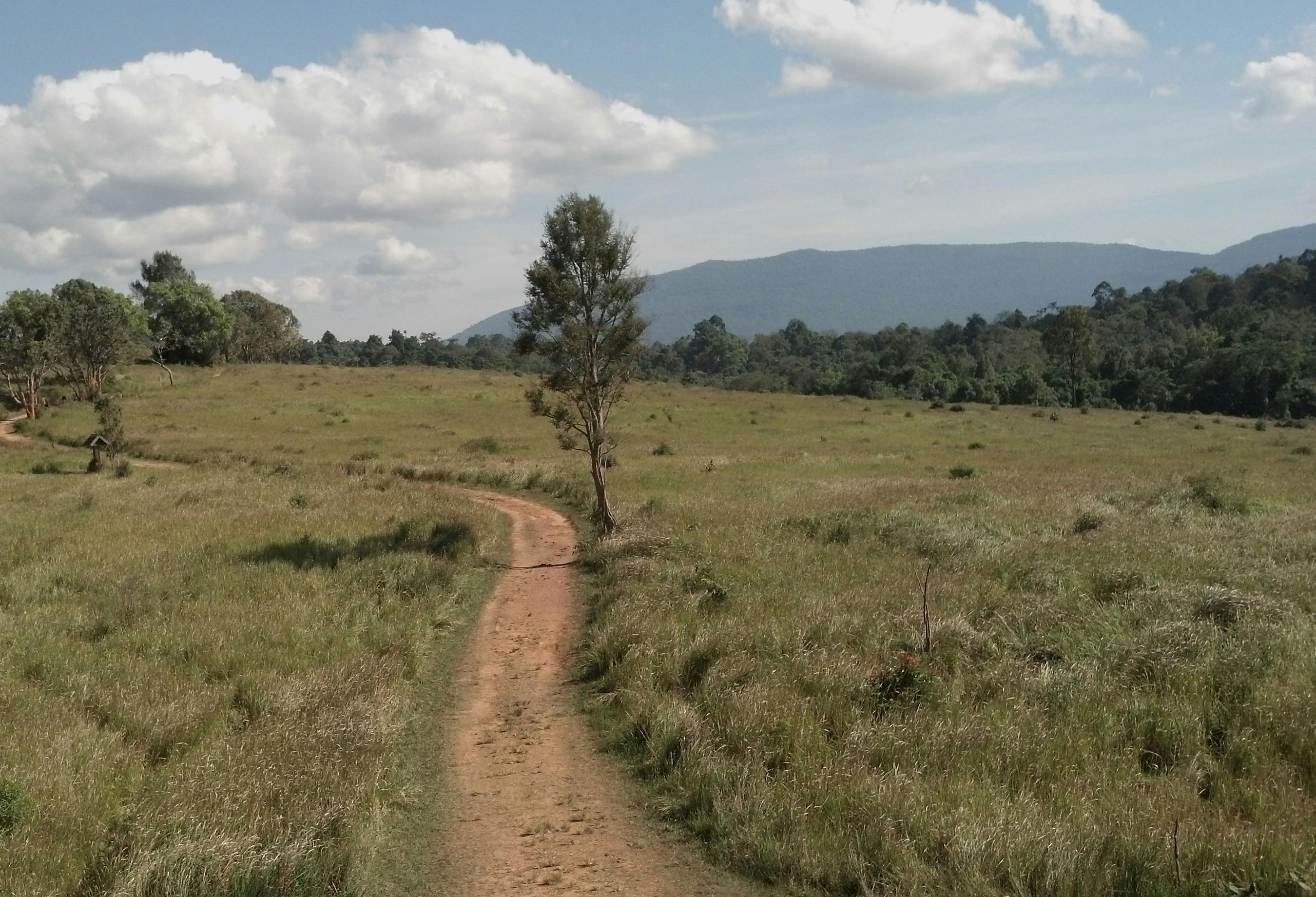Thailand Journal: Days 1 & 2


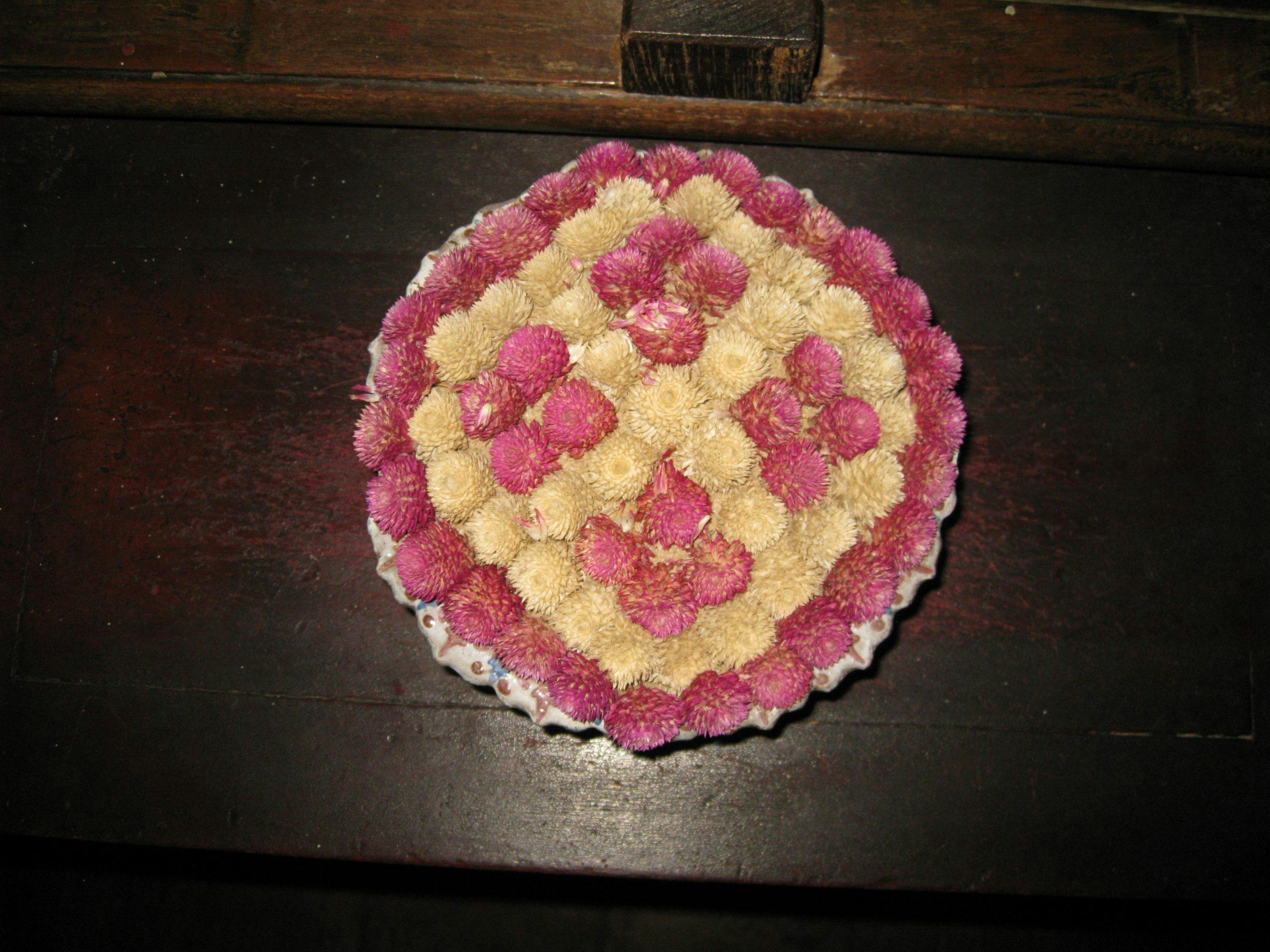

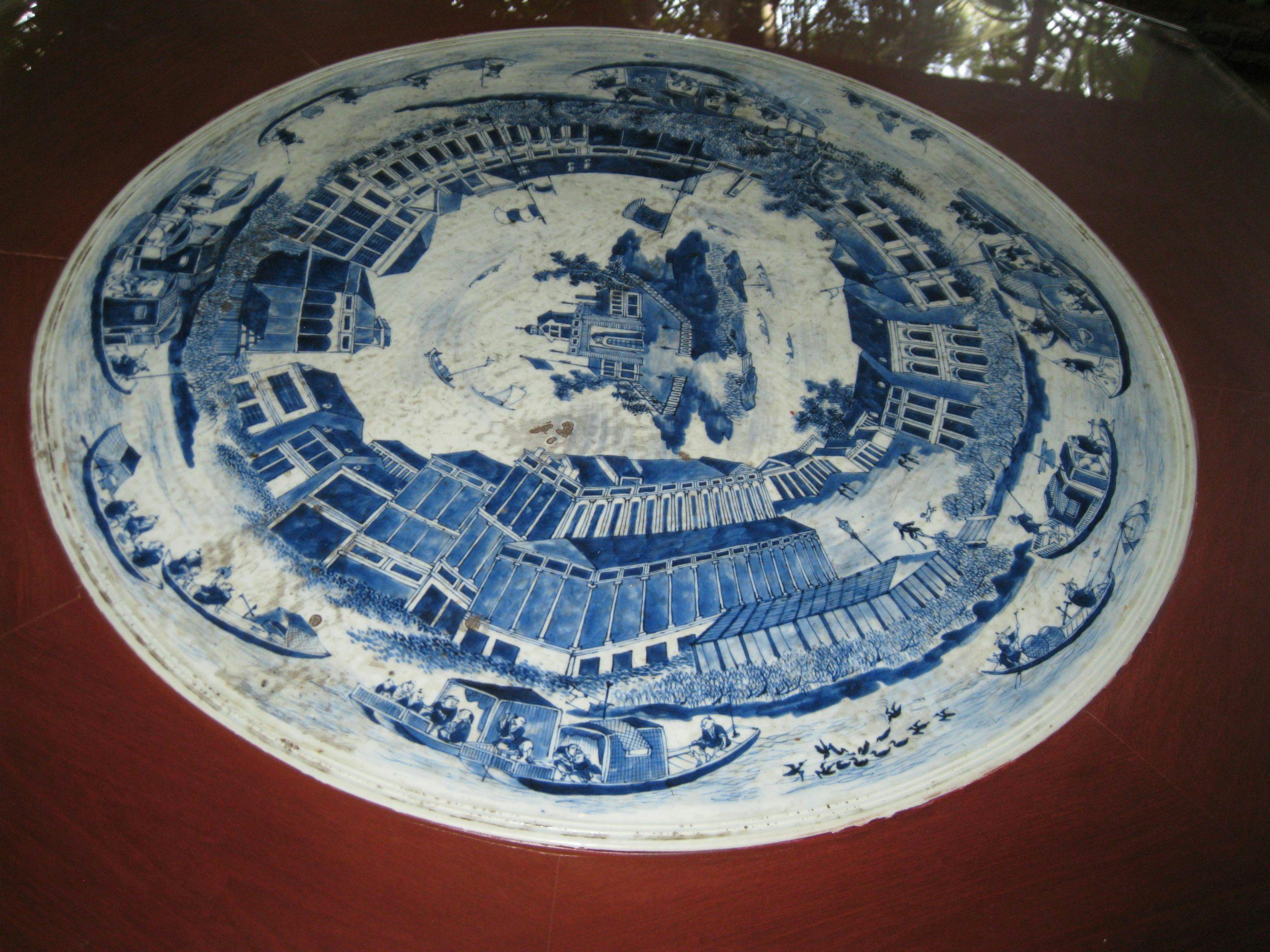

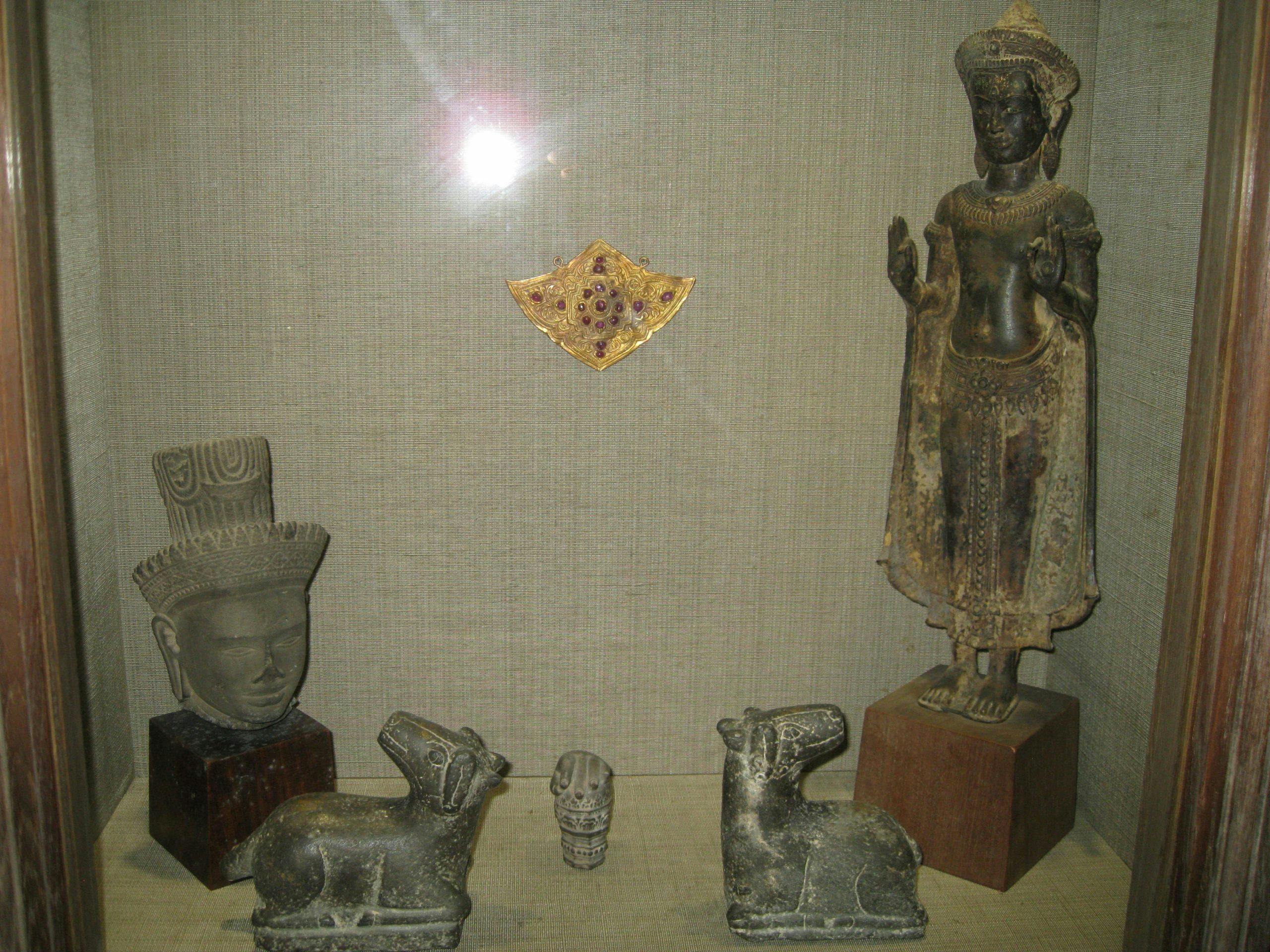
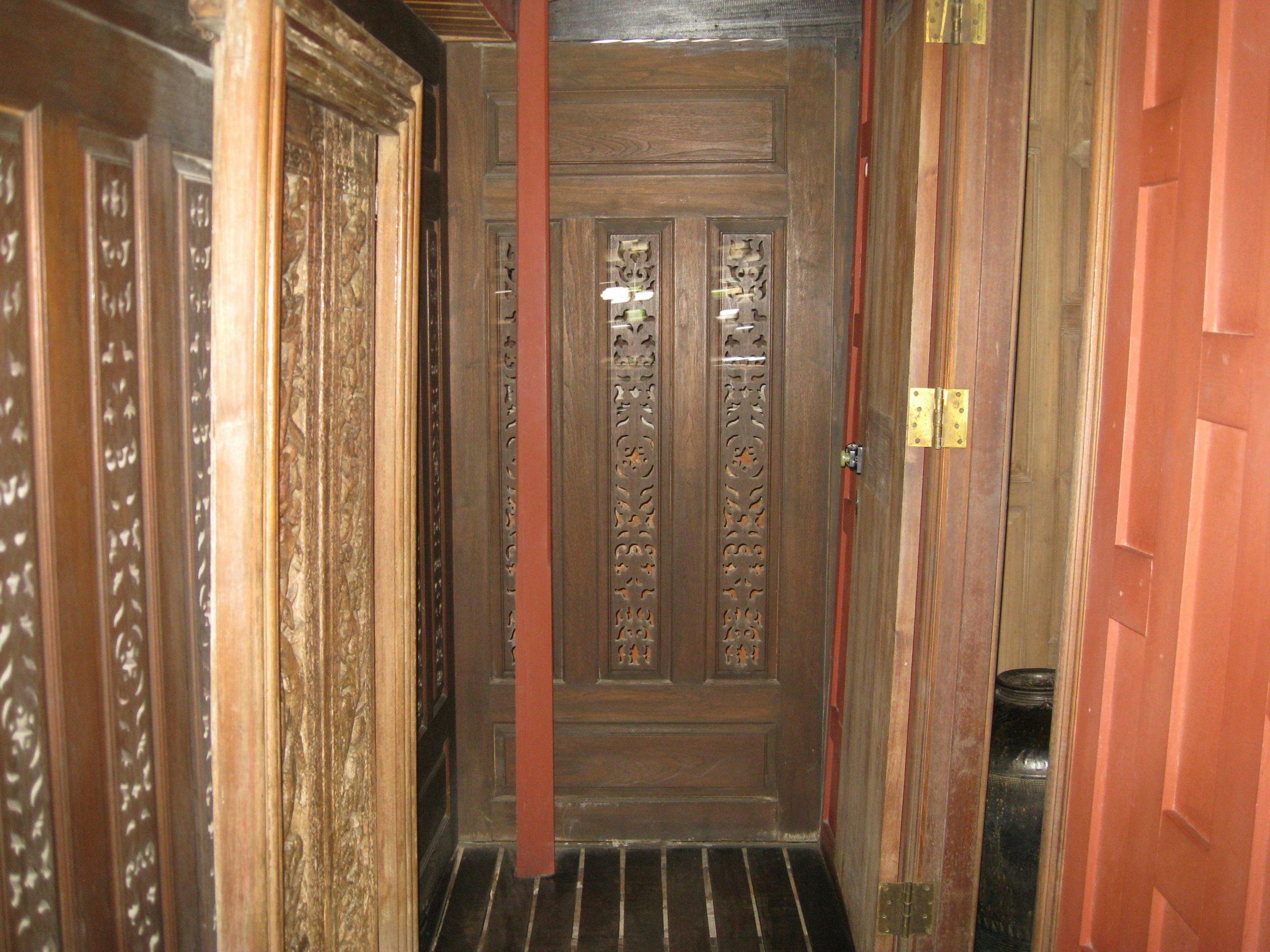
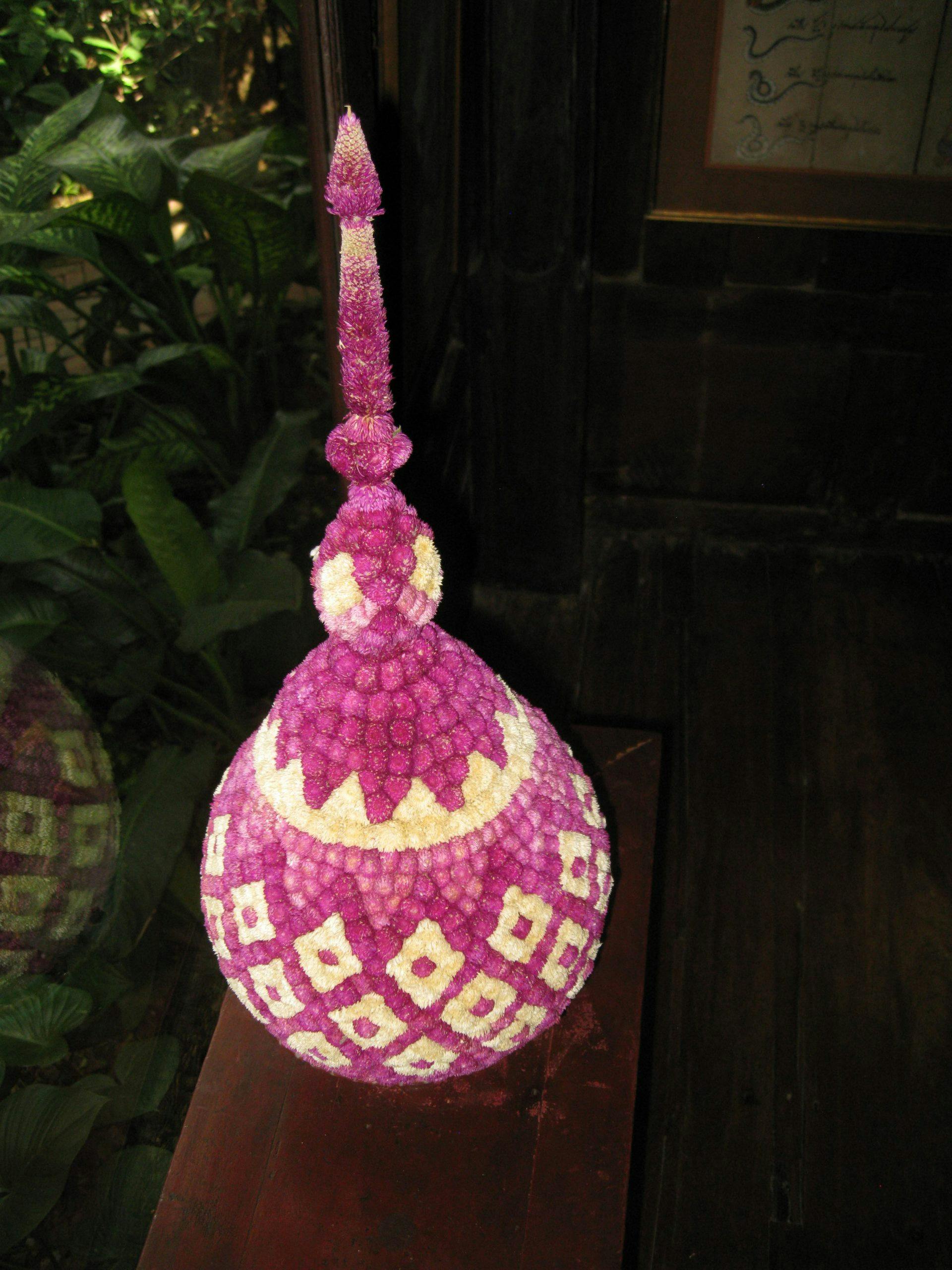
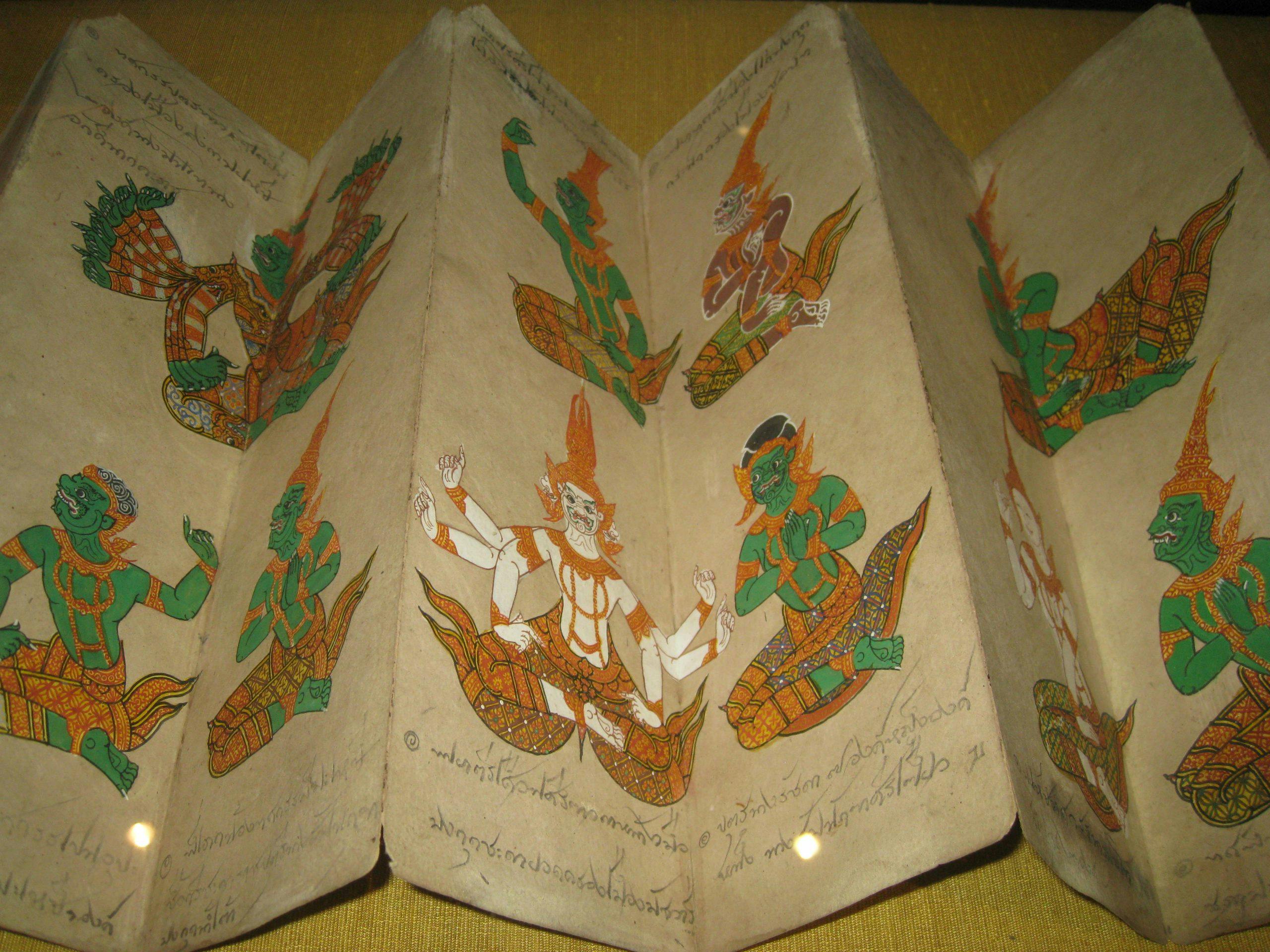
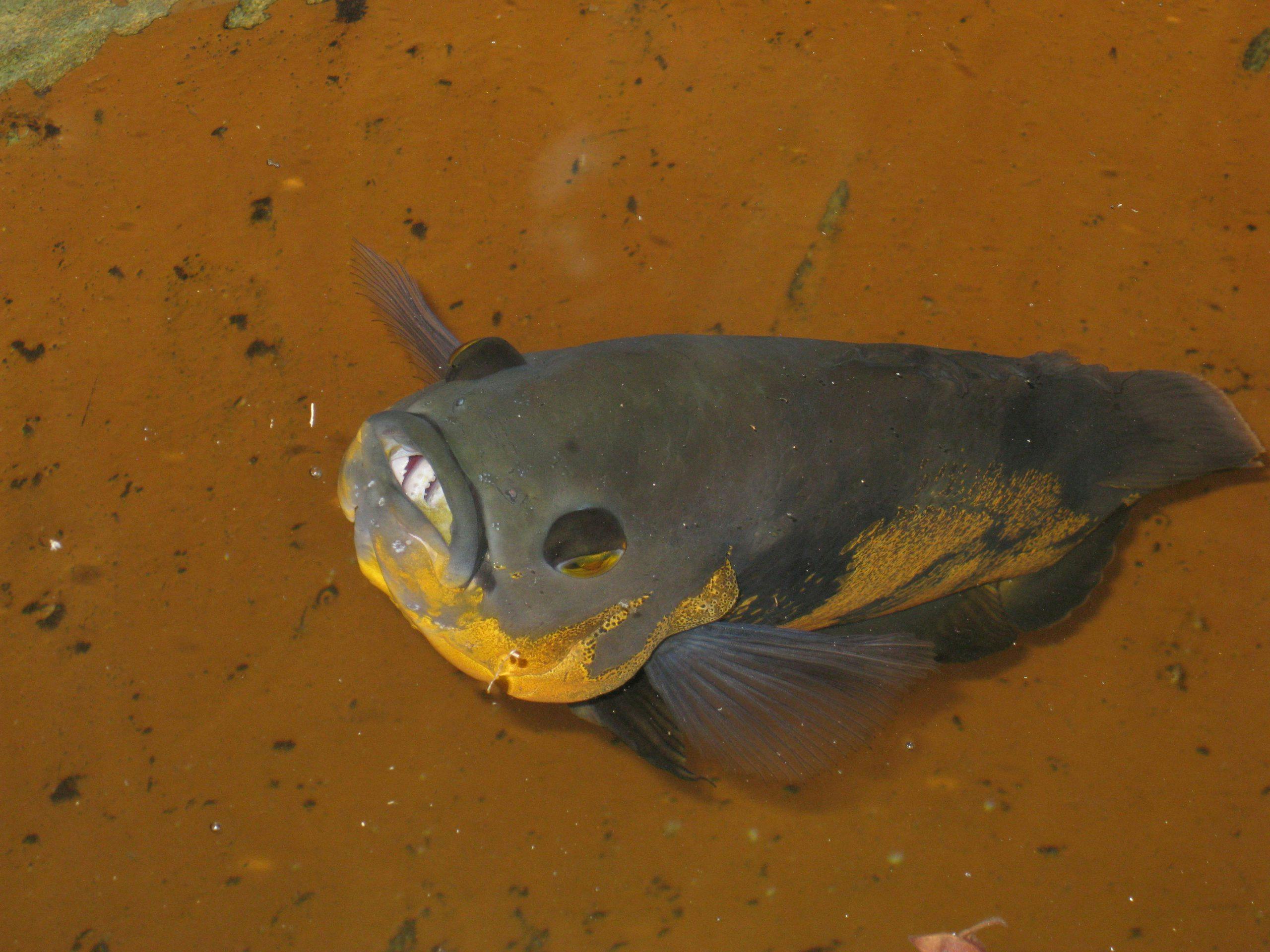
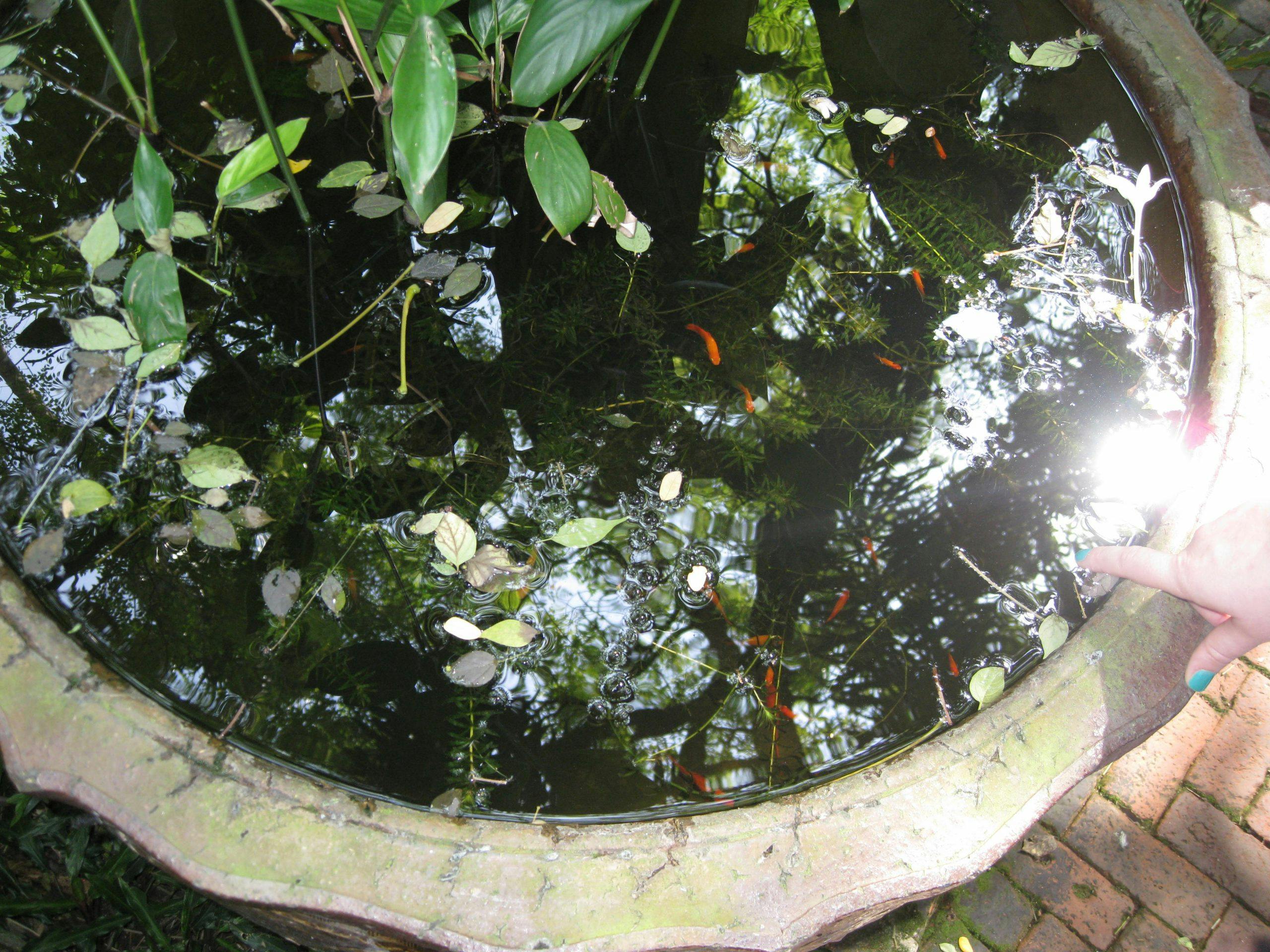
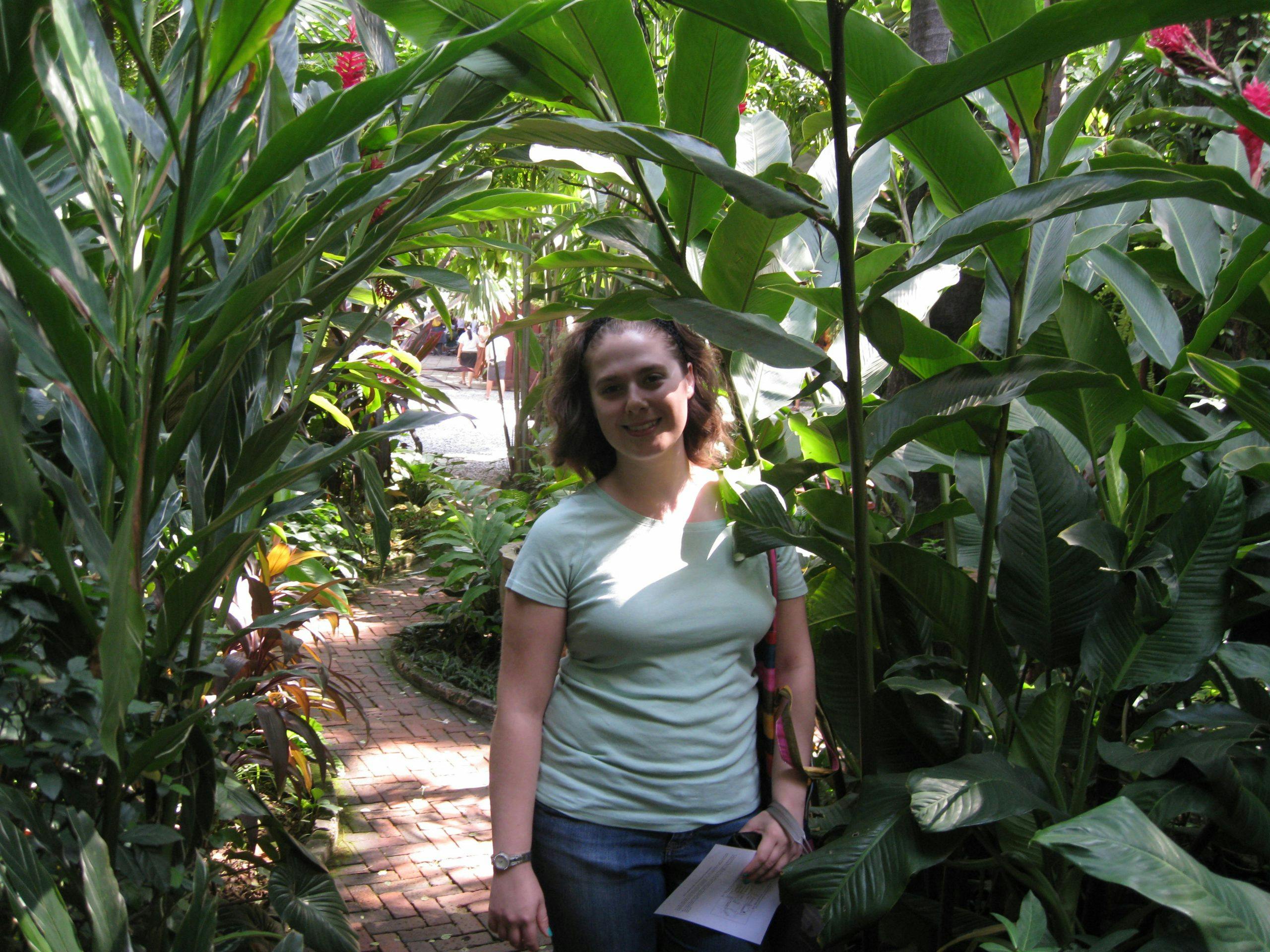
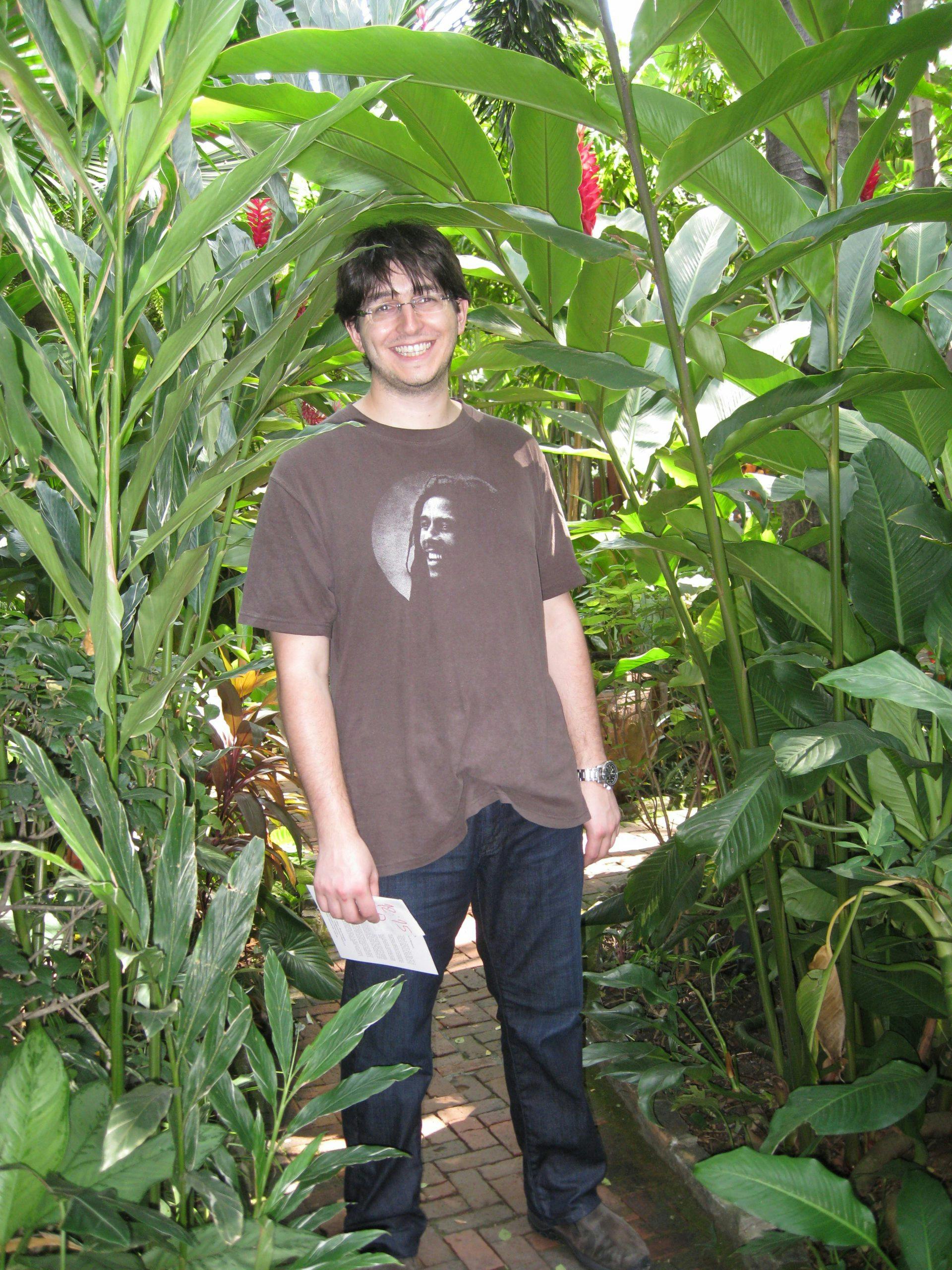


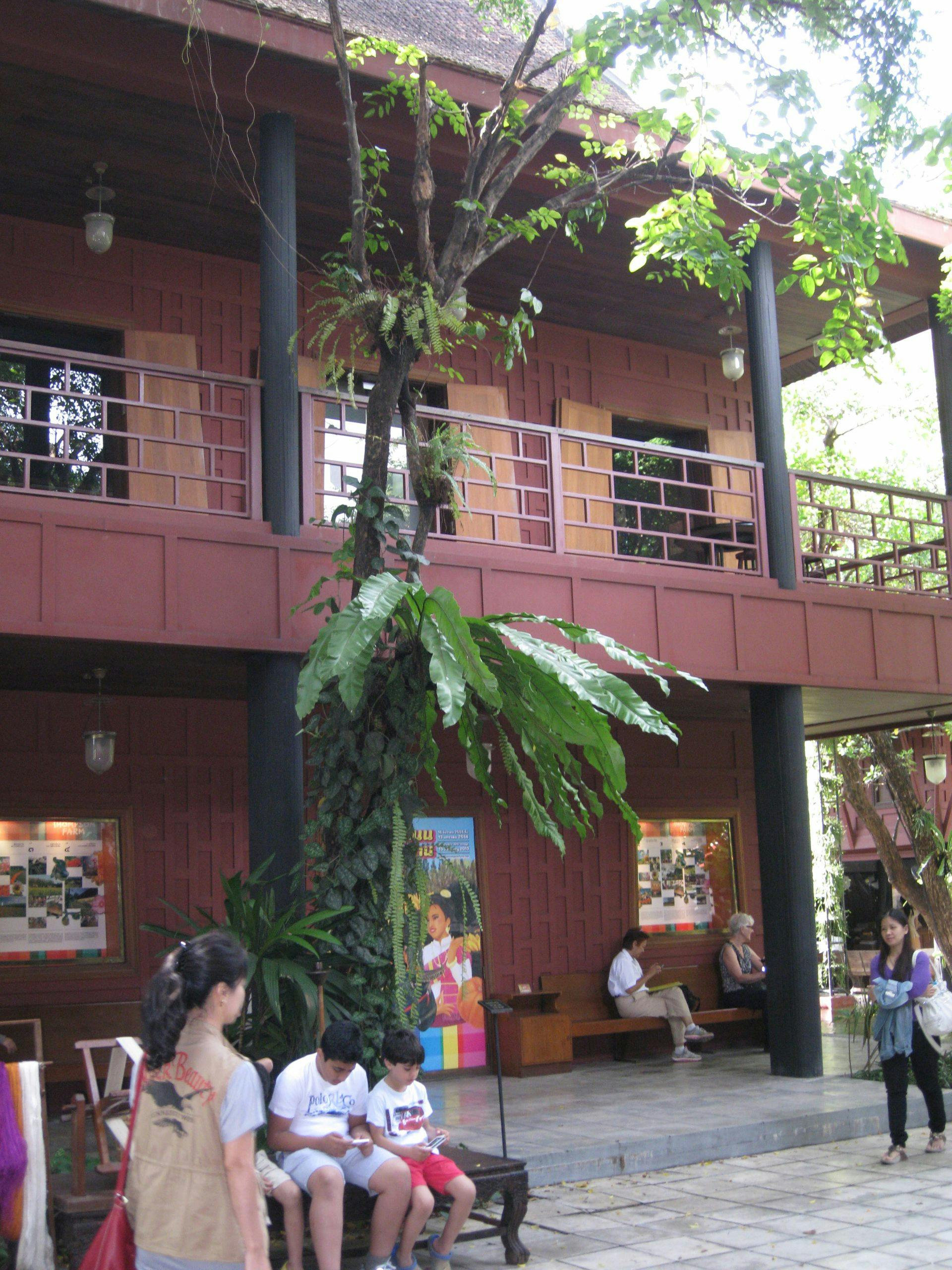
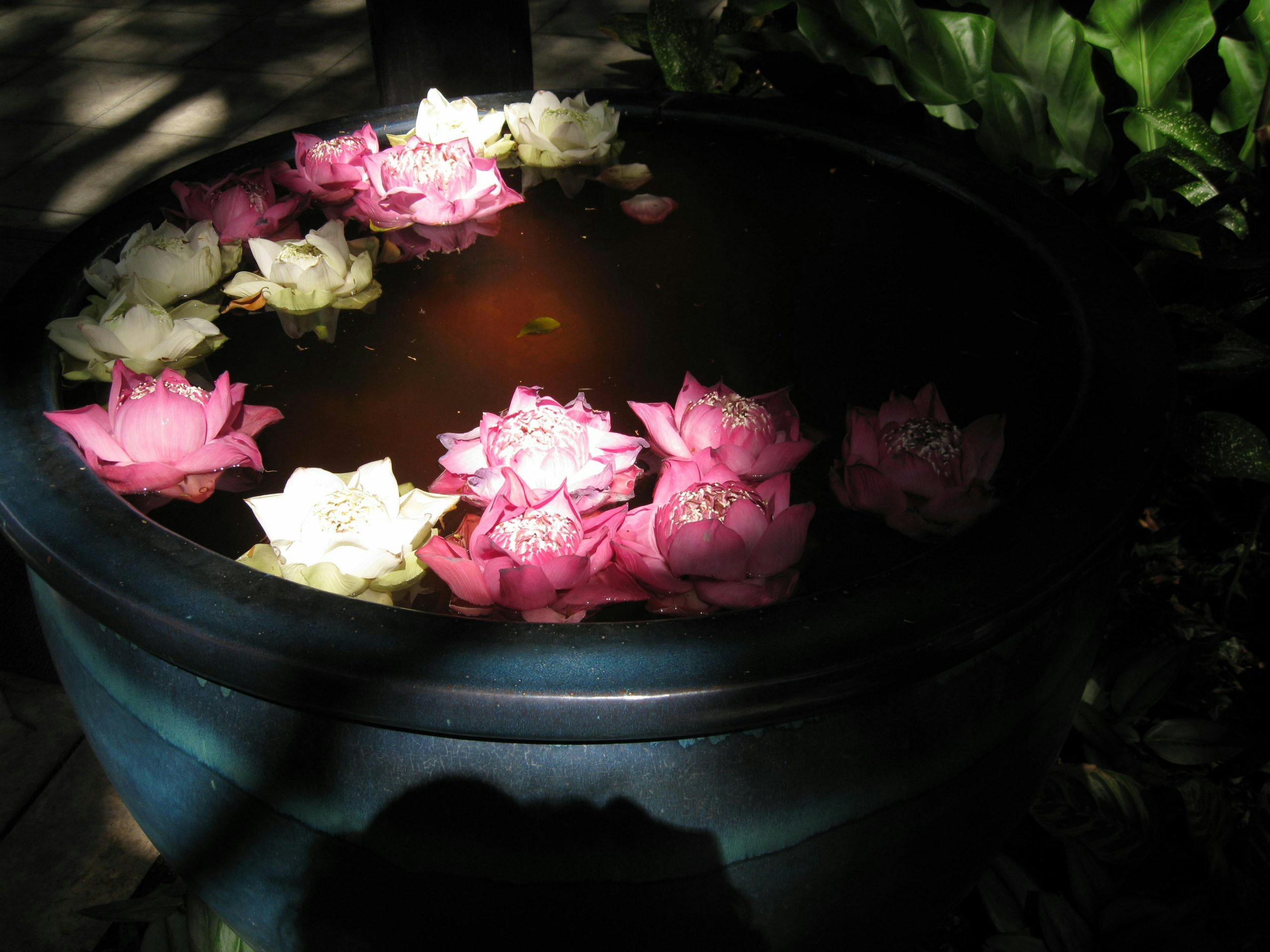
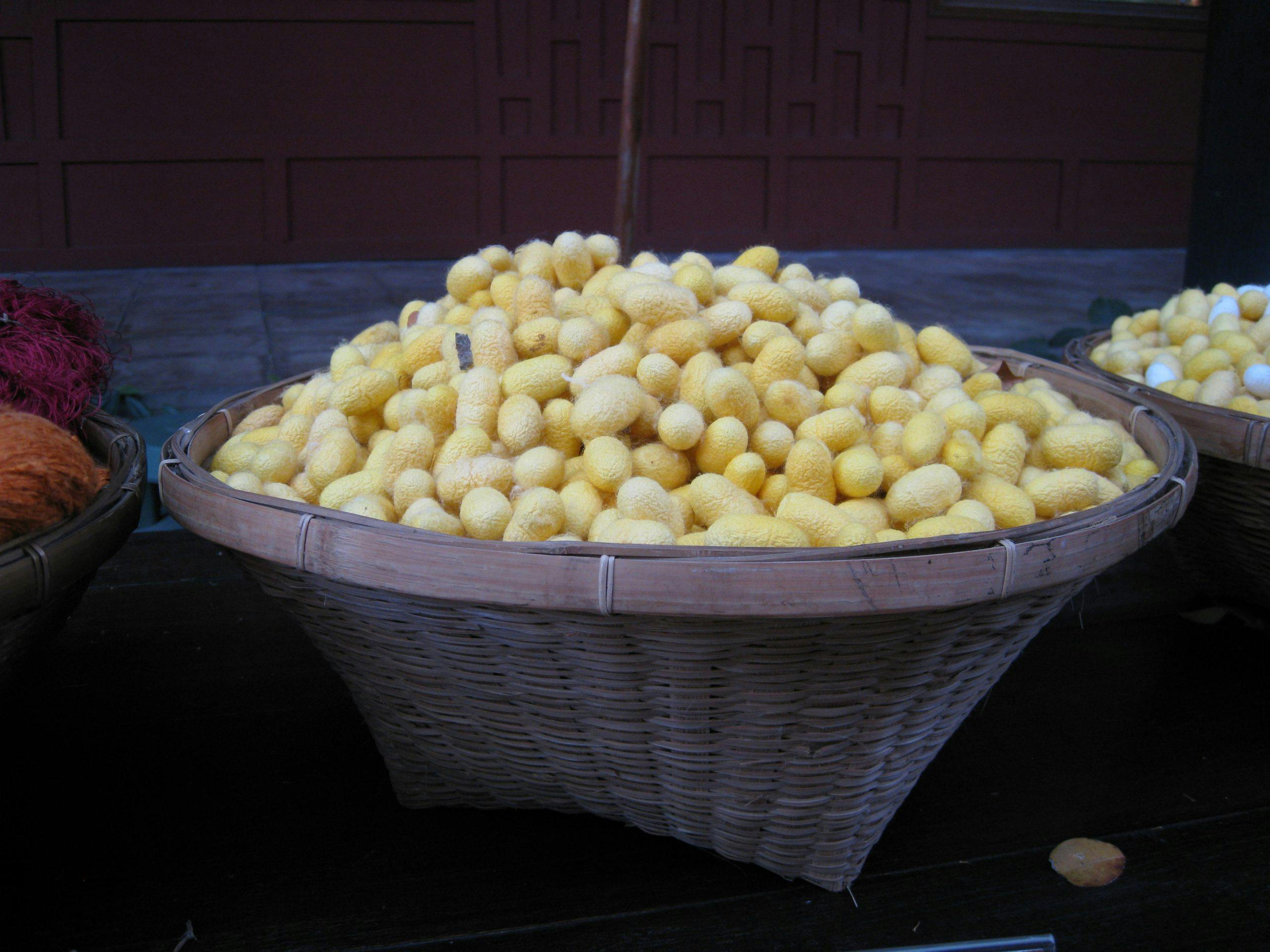
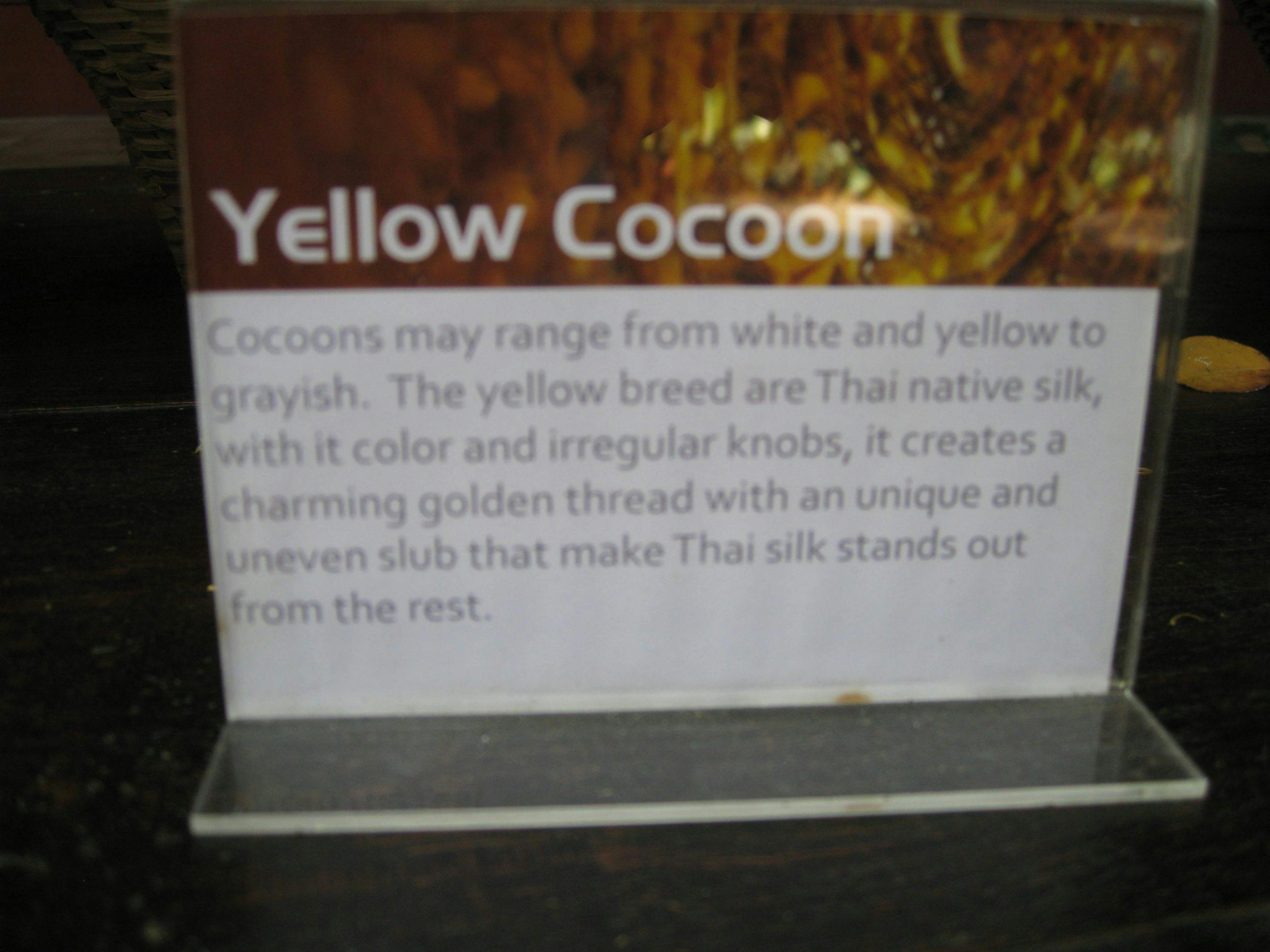
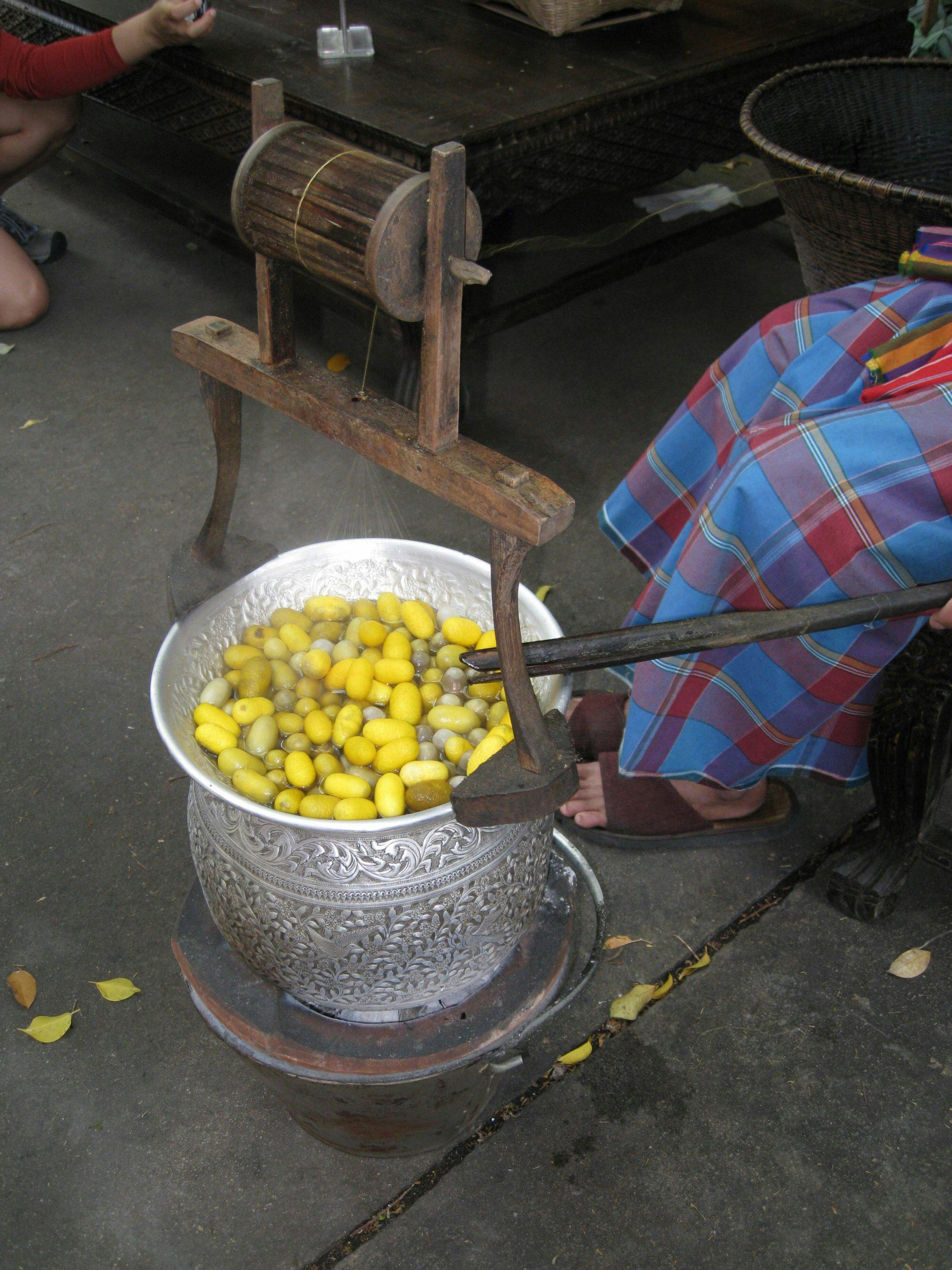
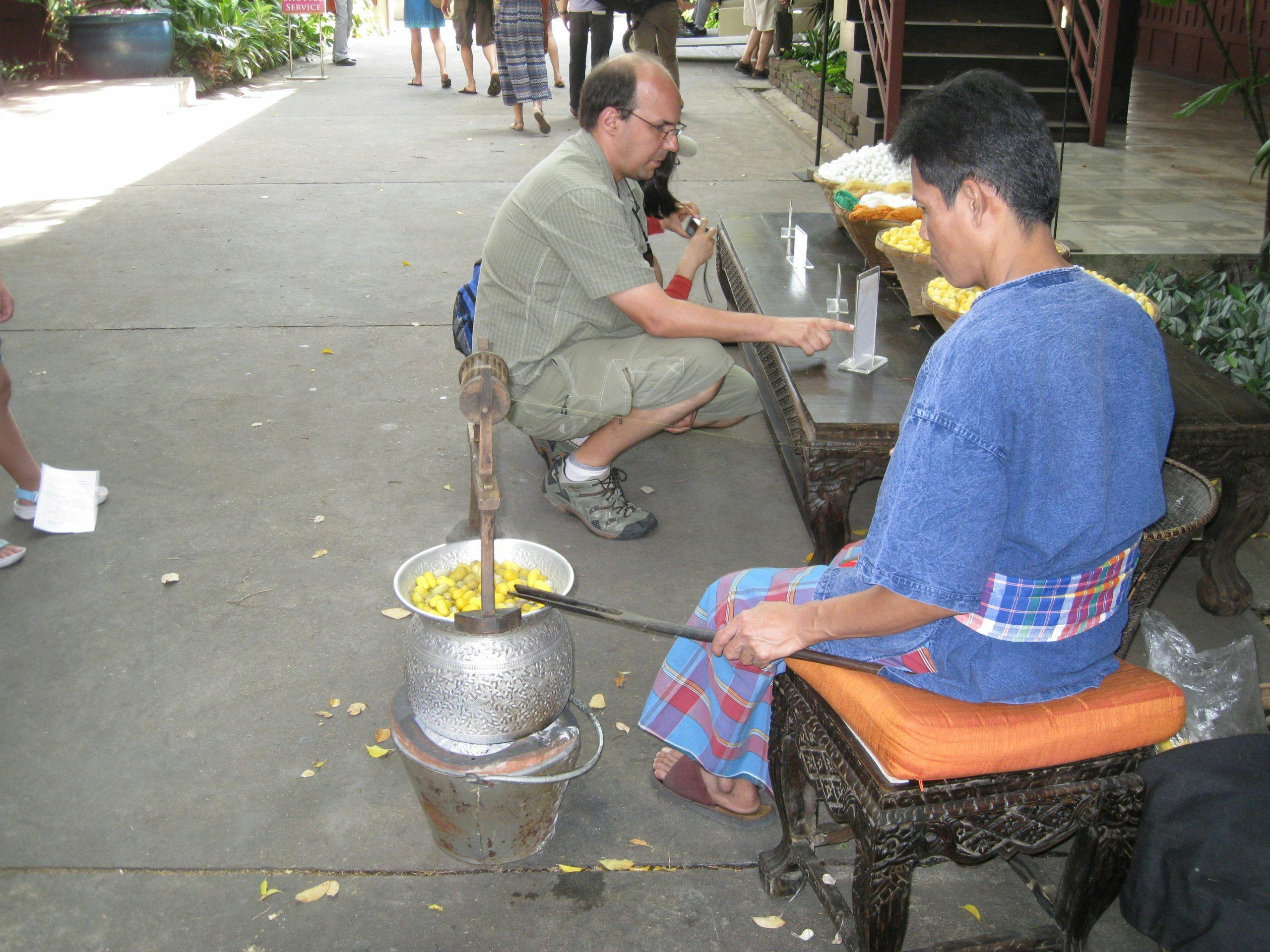
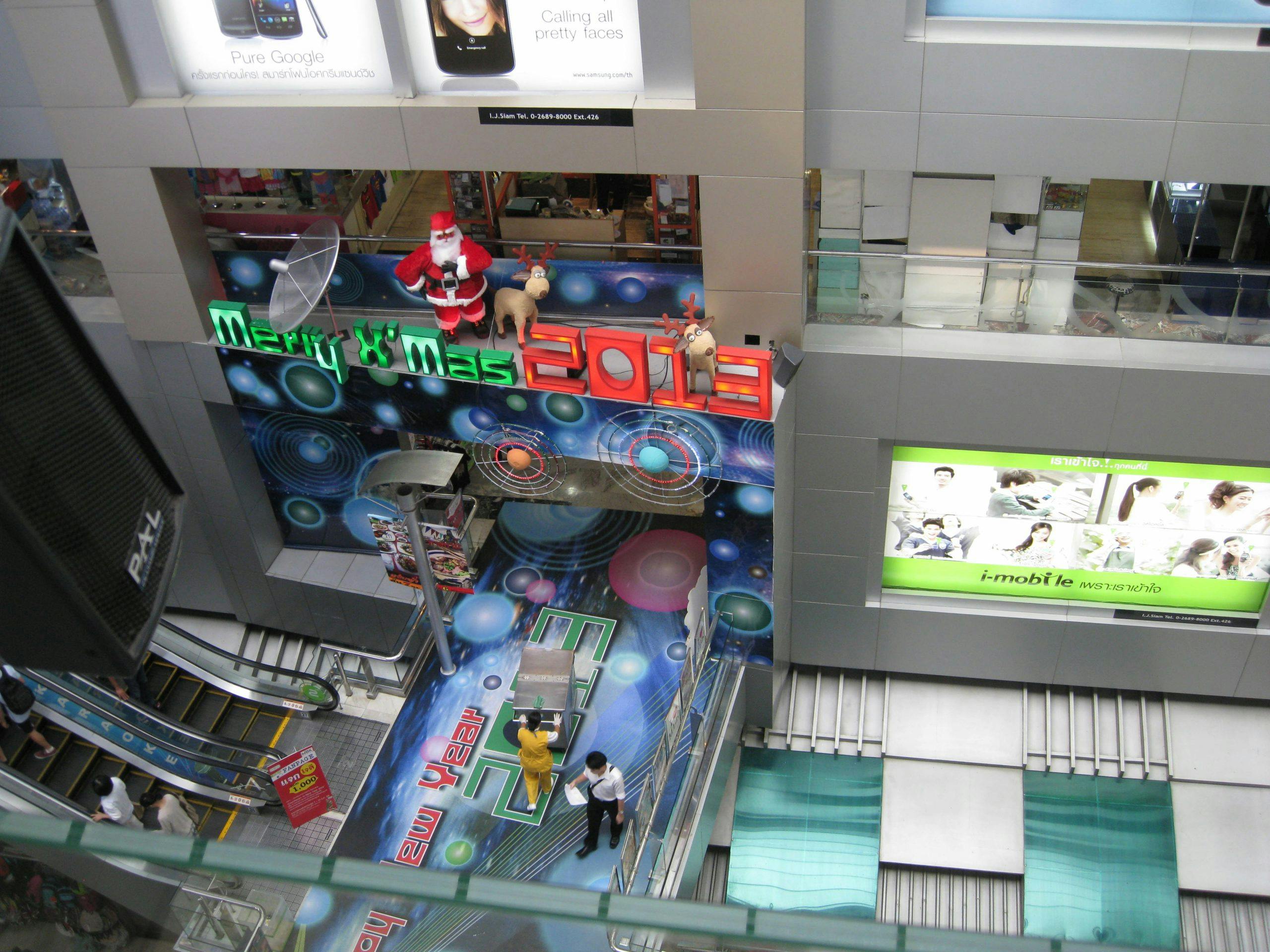
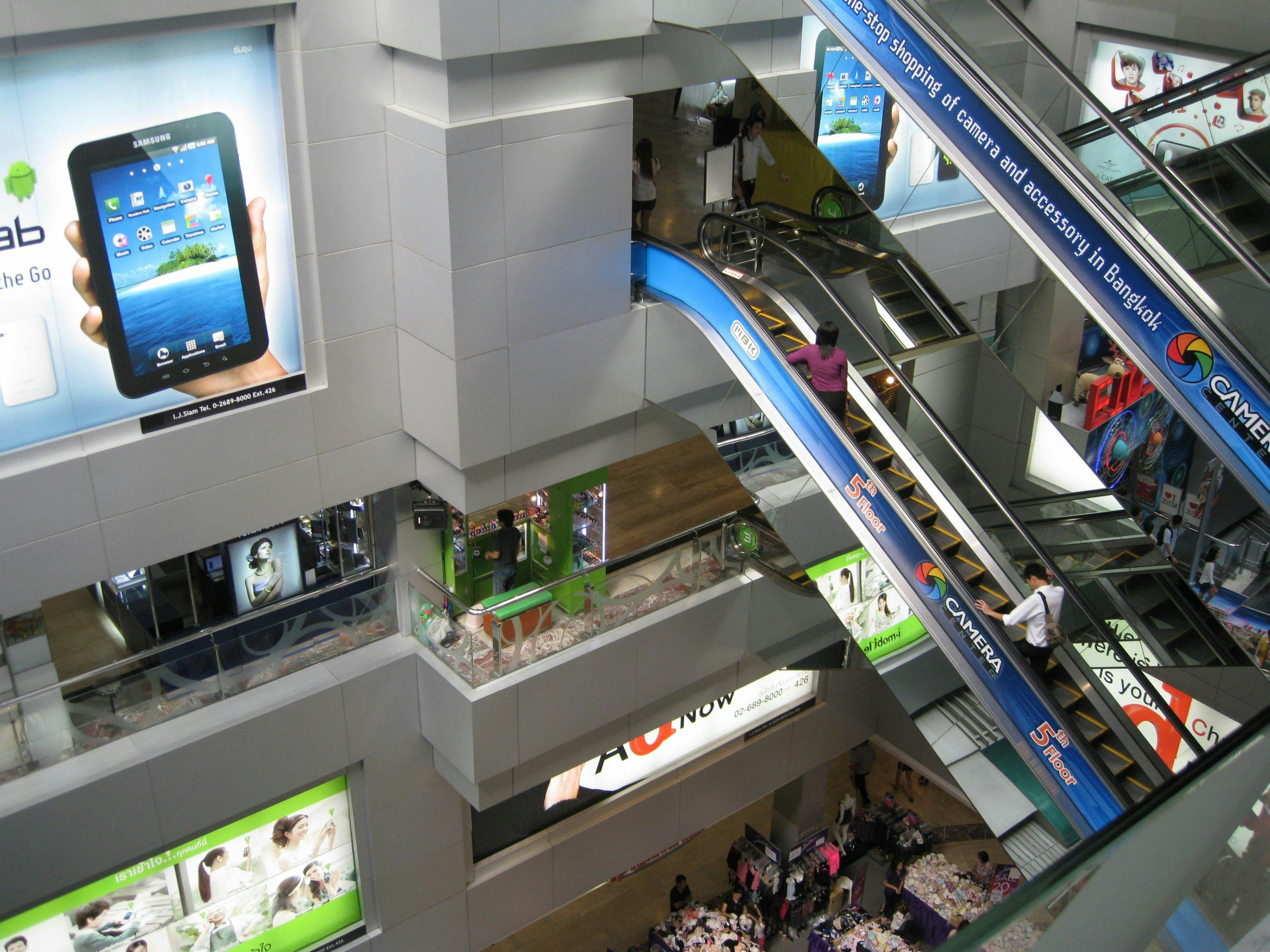

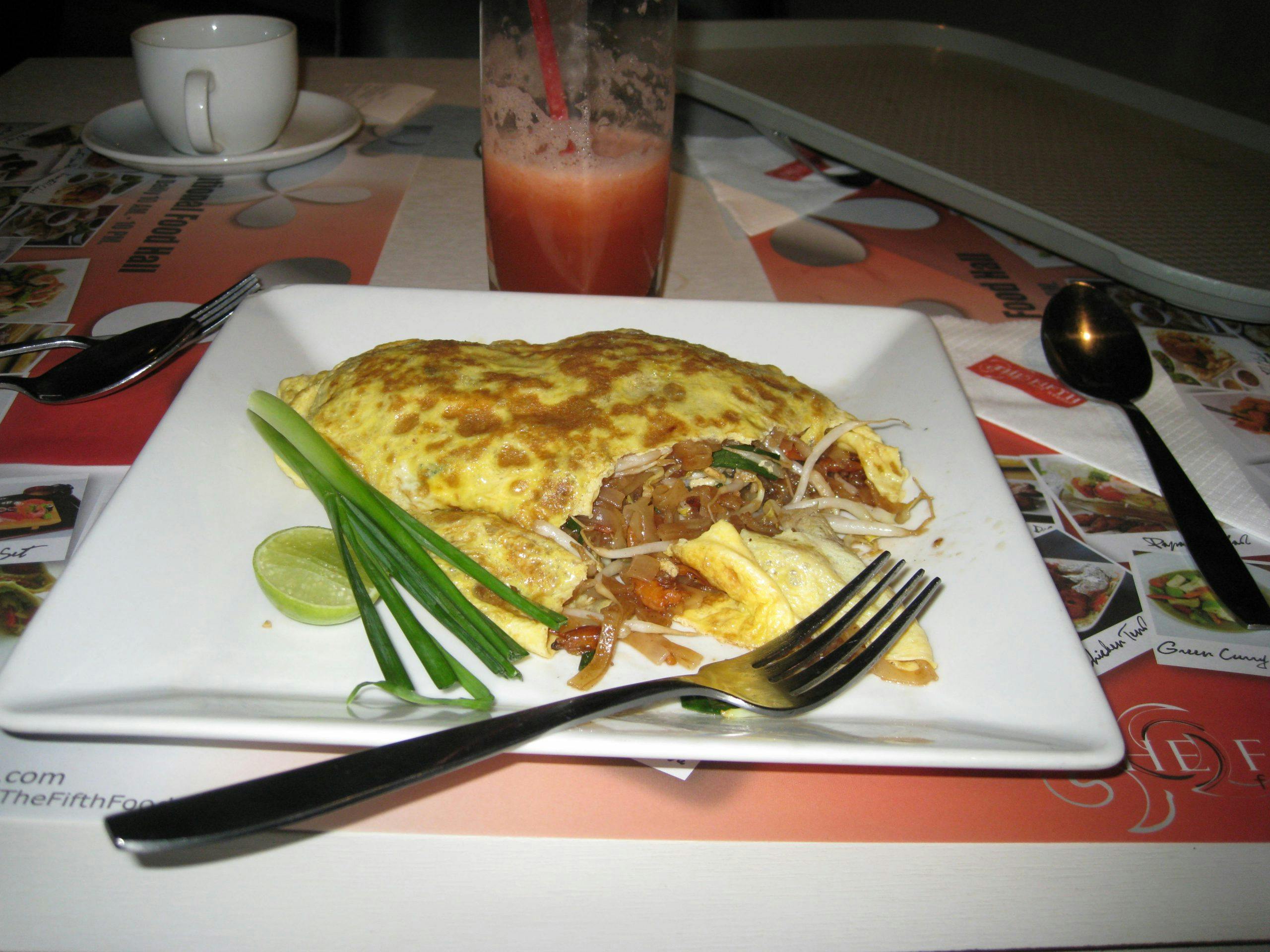
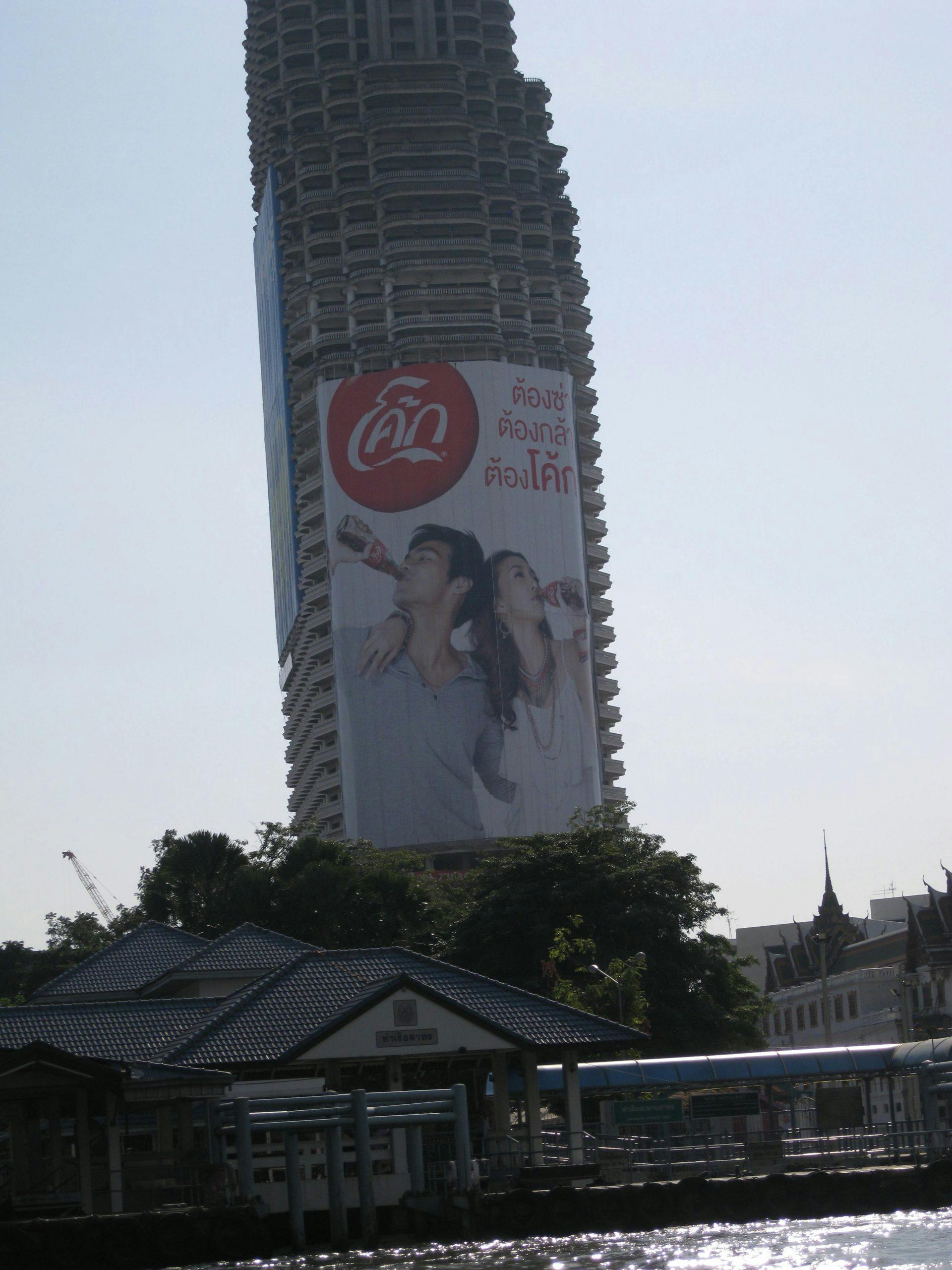
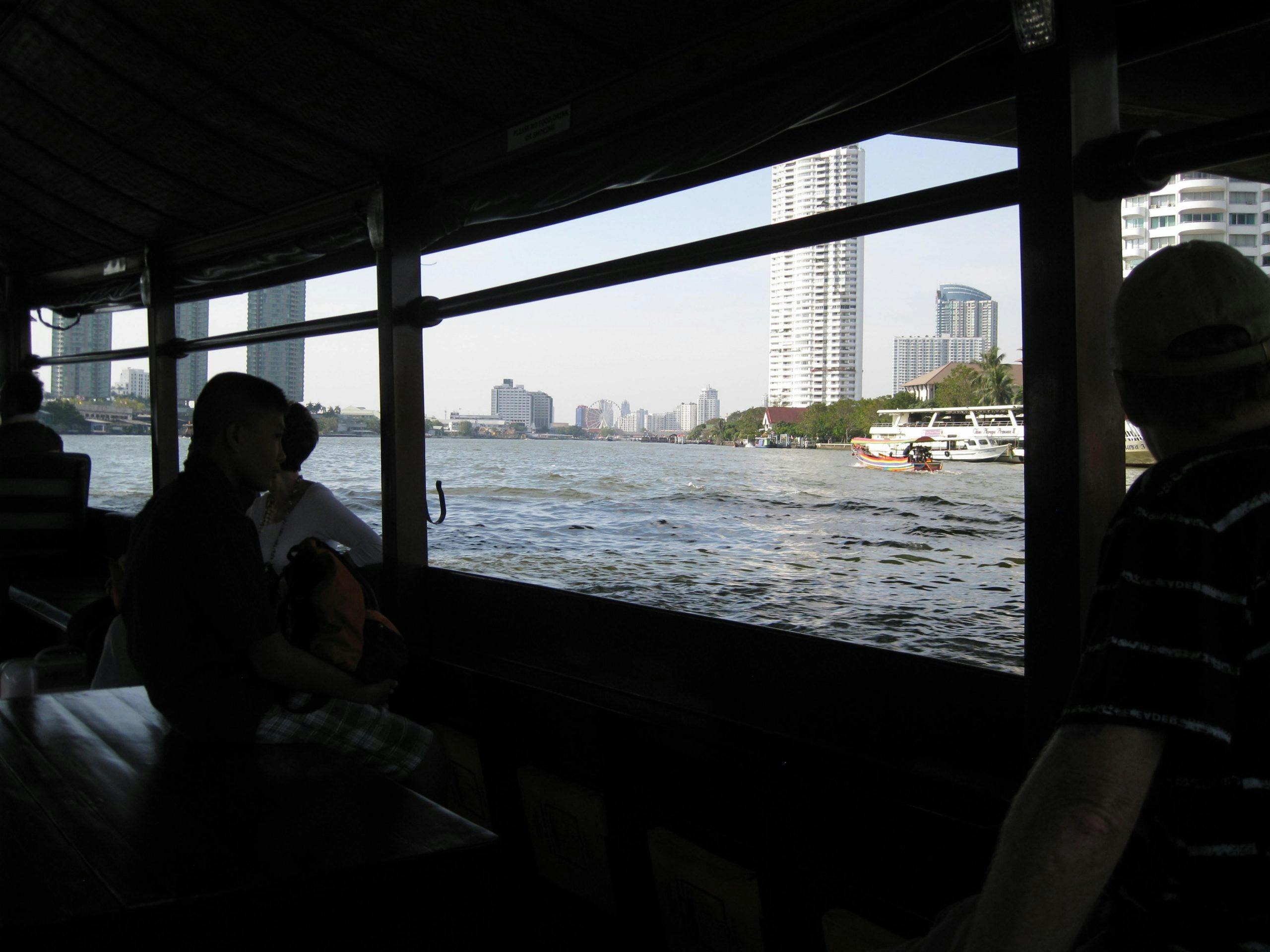
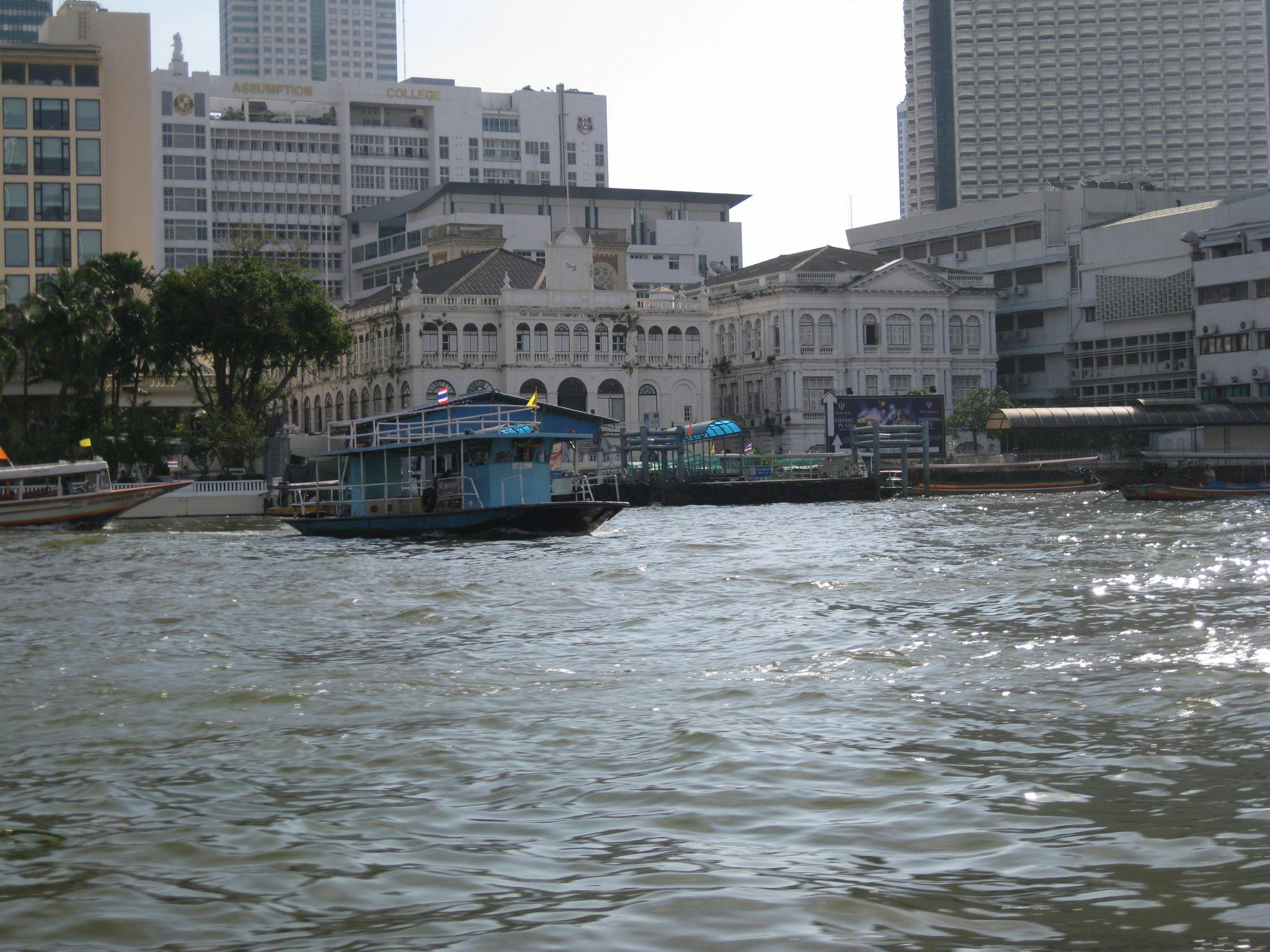
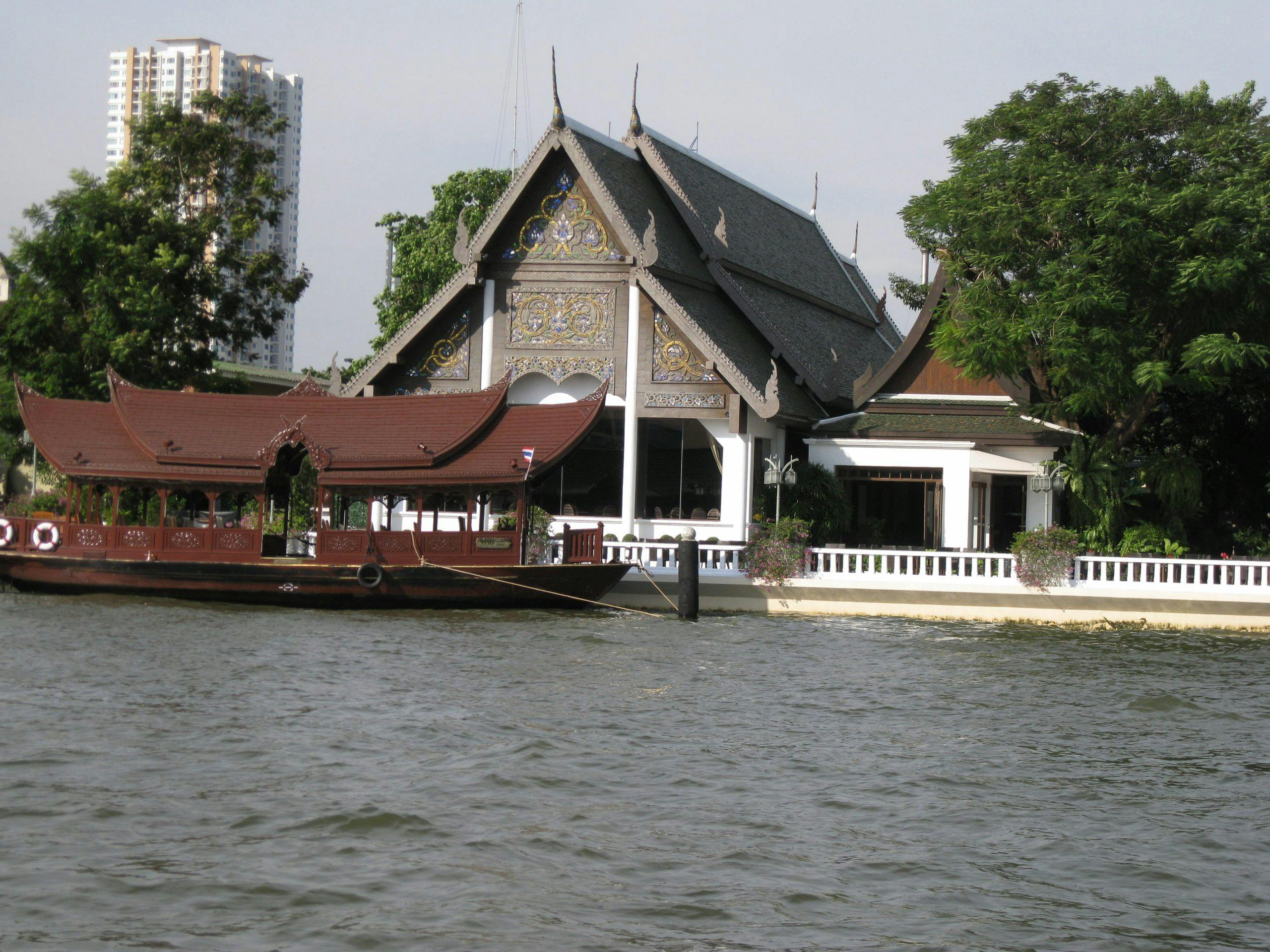
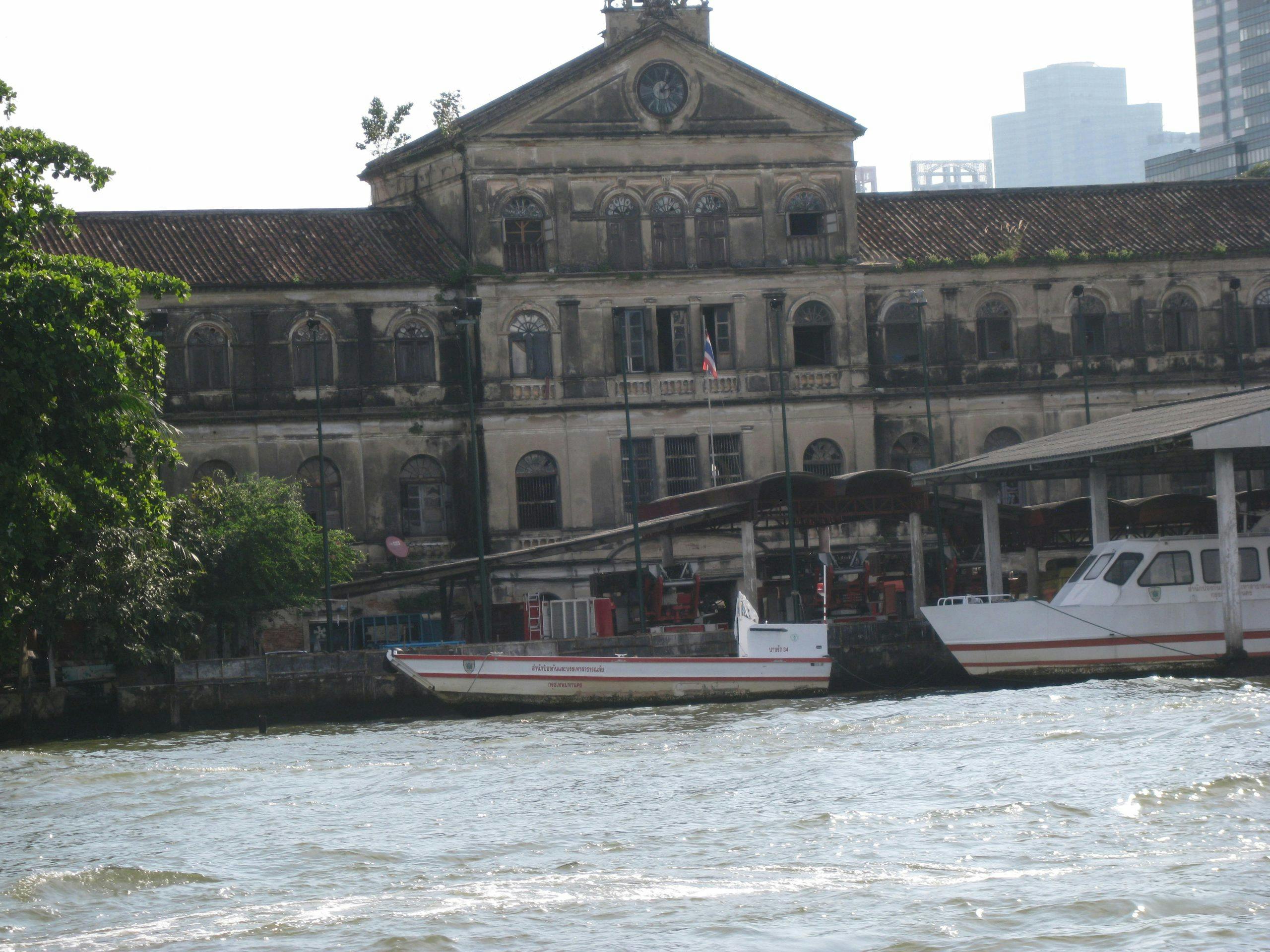

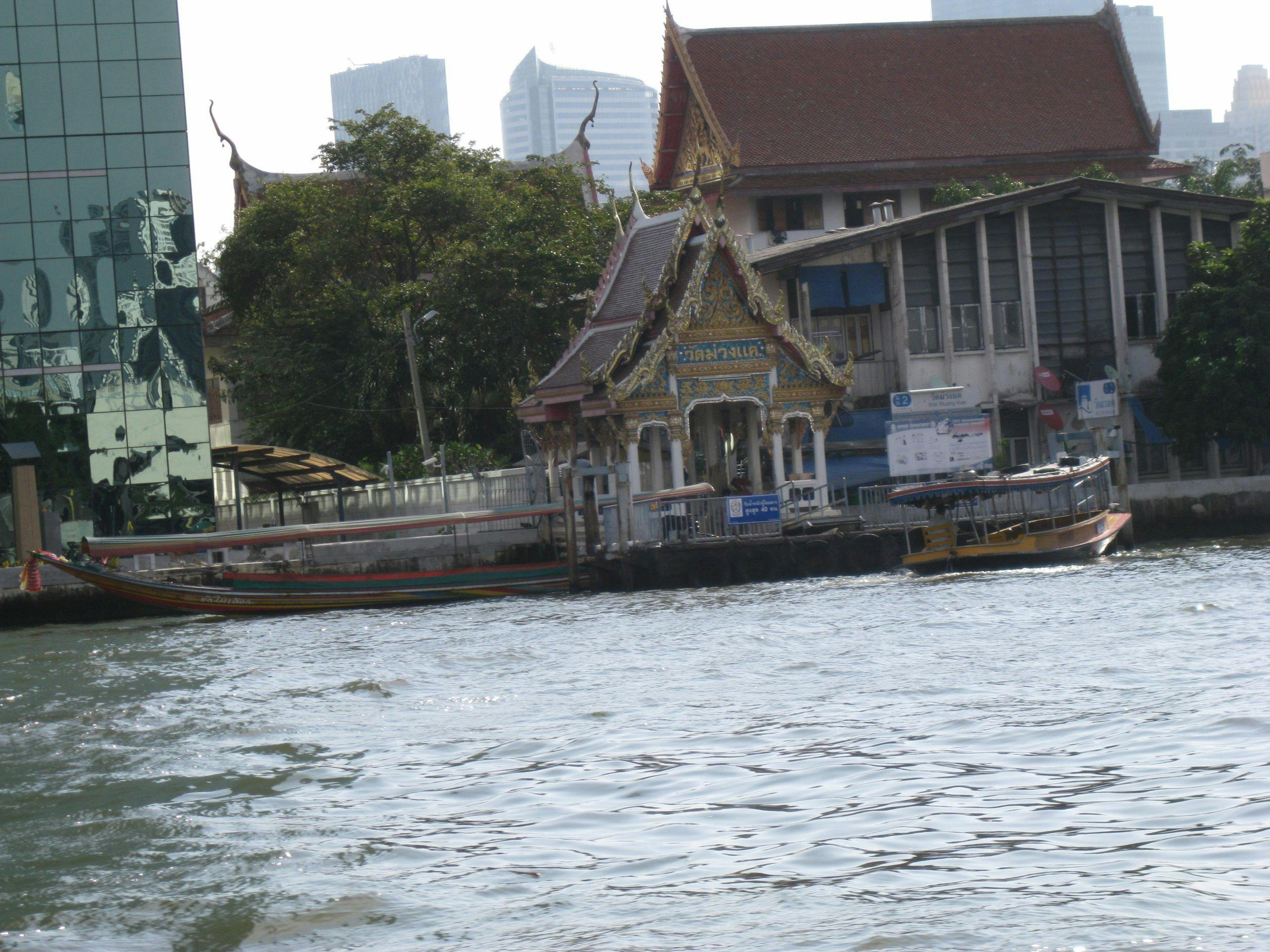

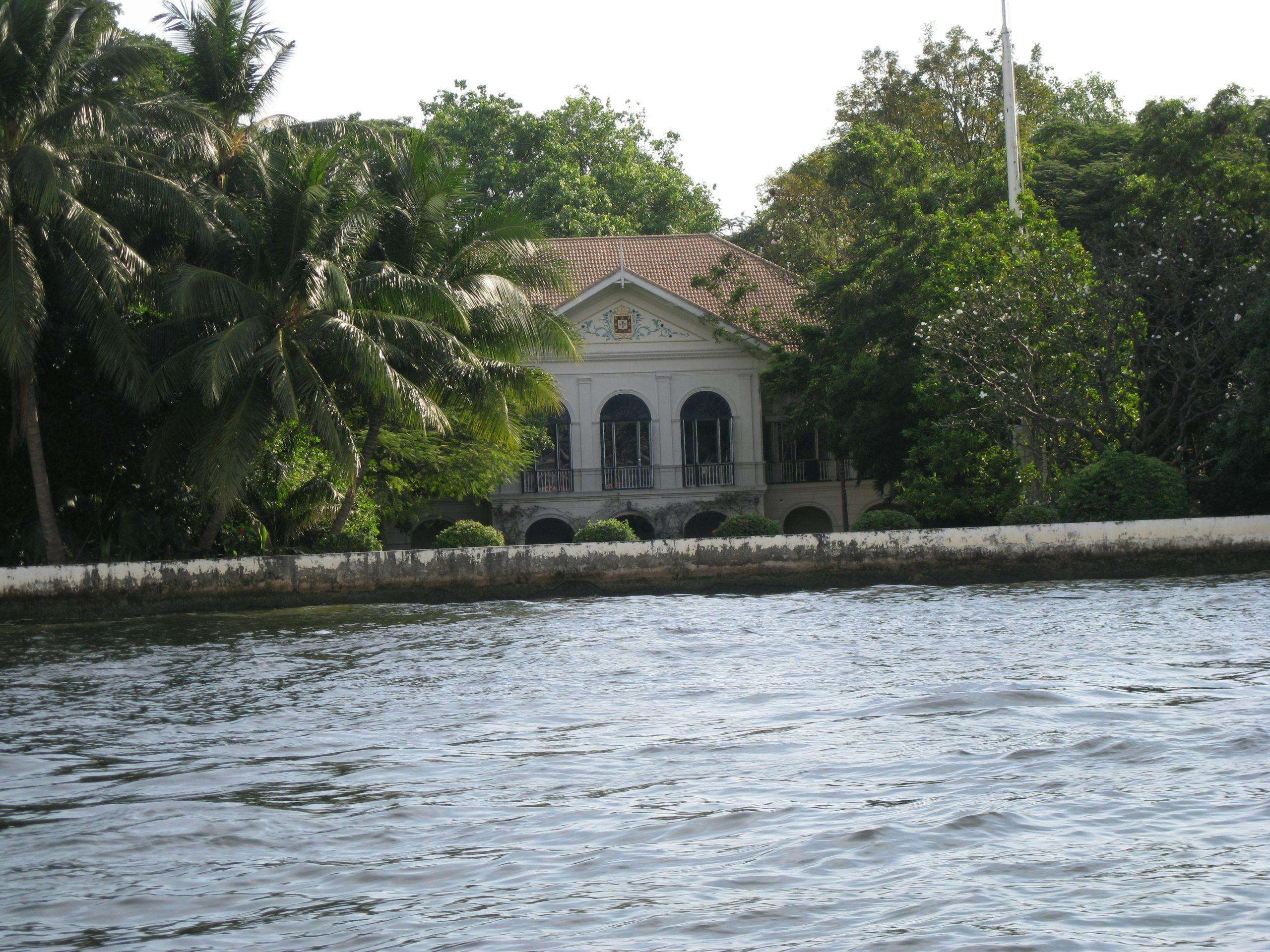
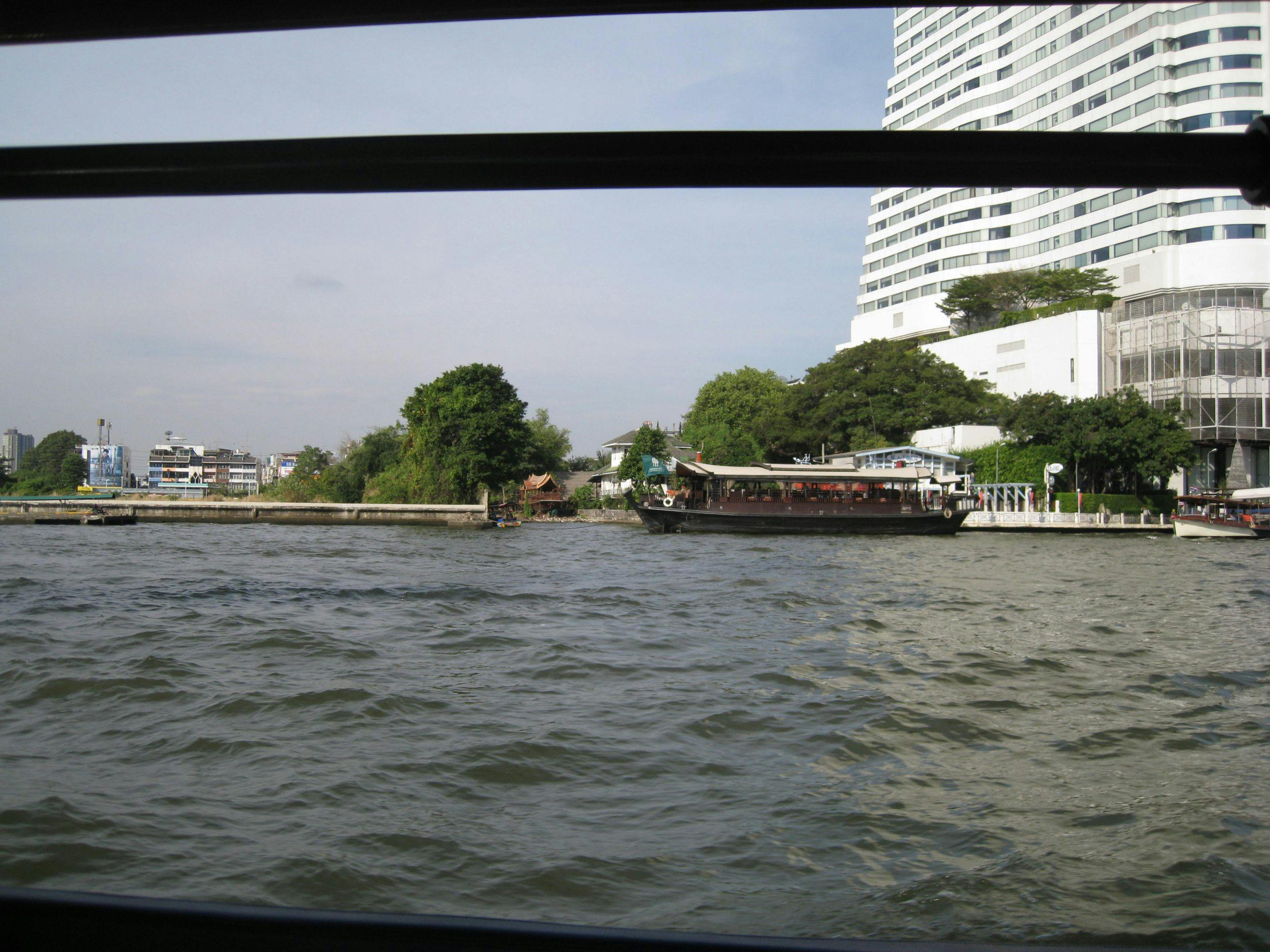
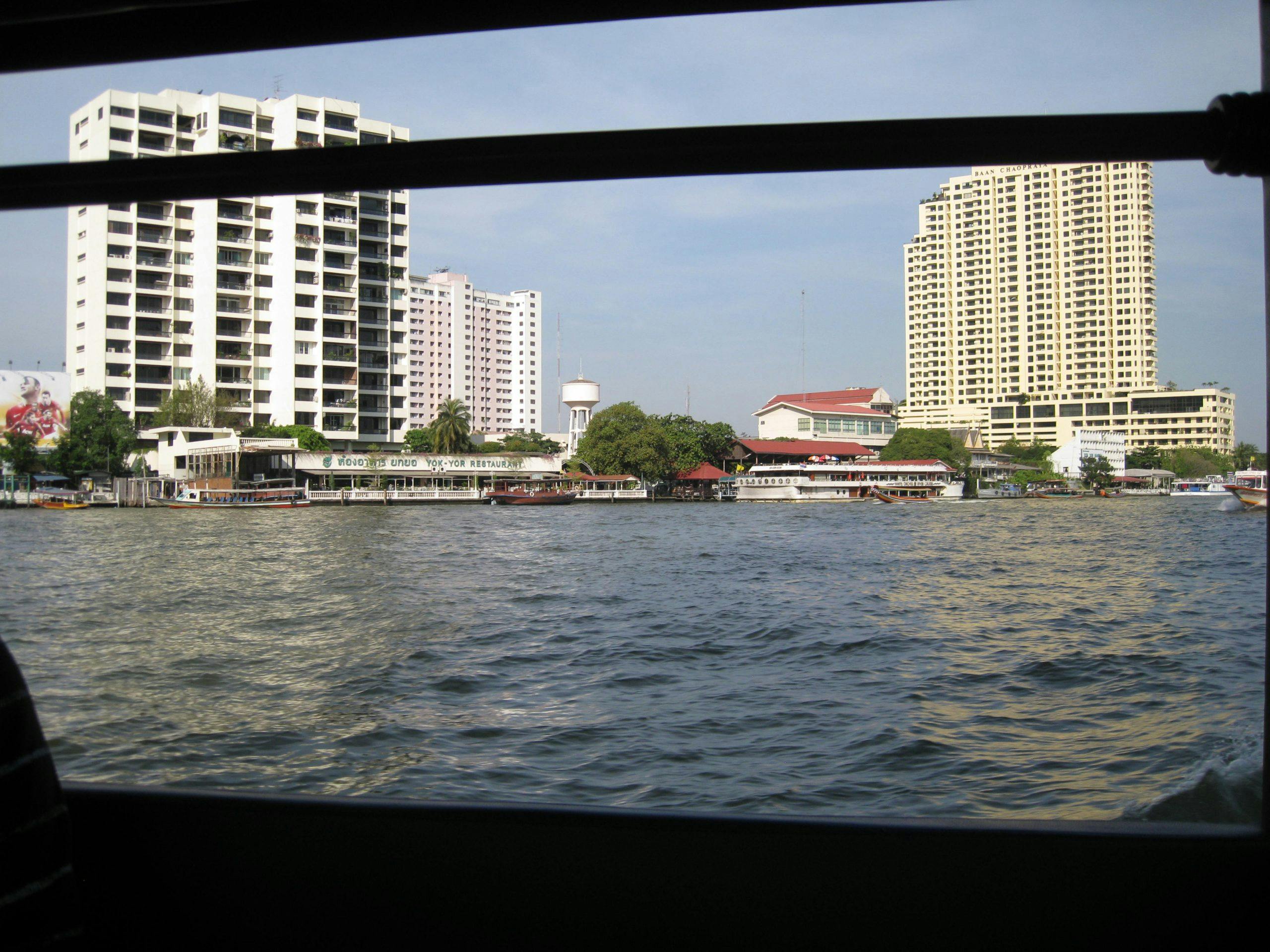
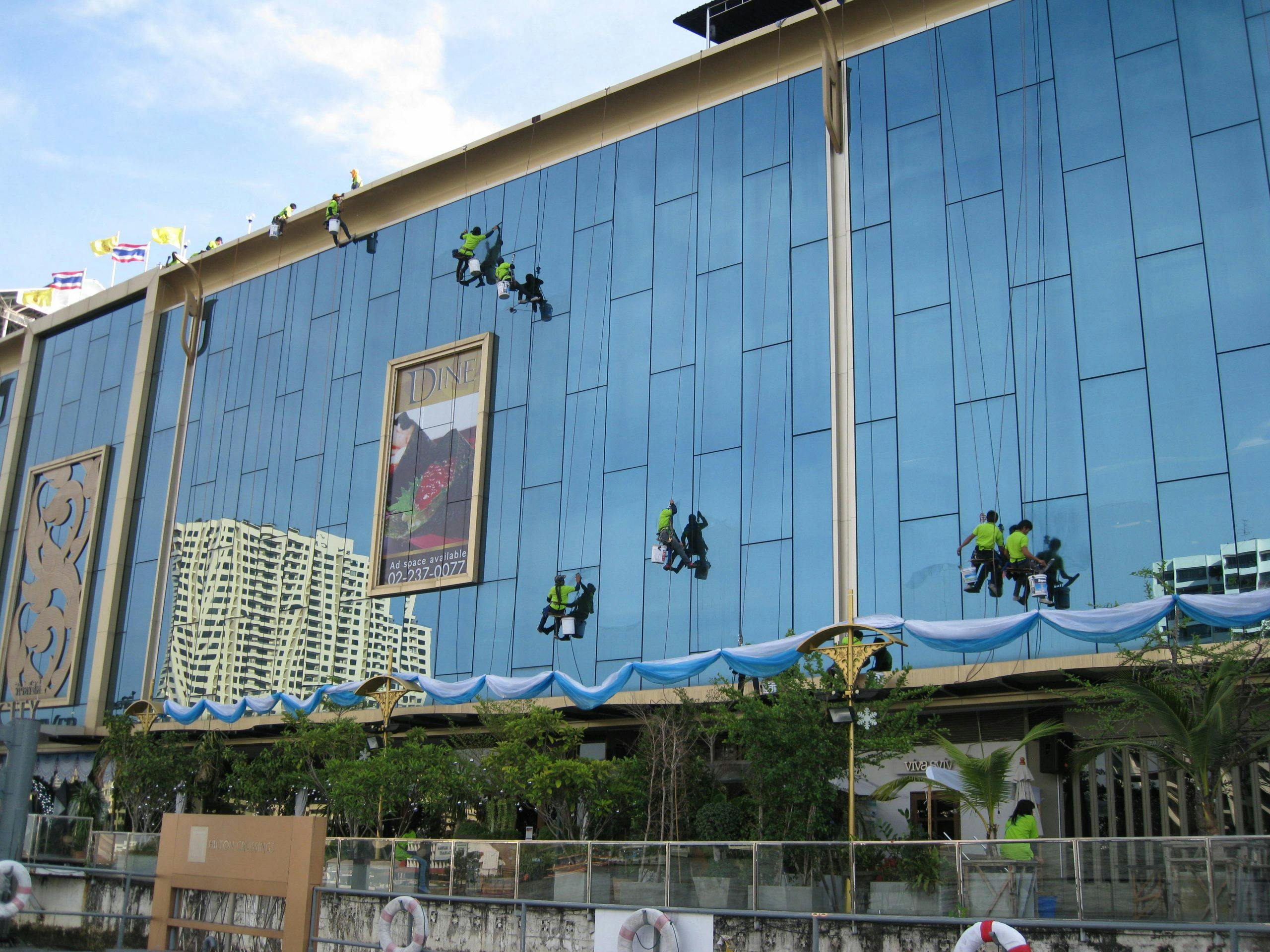

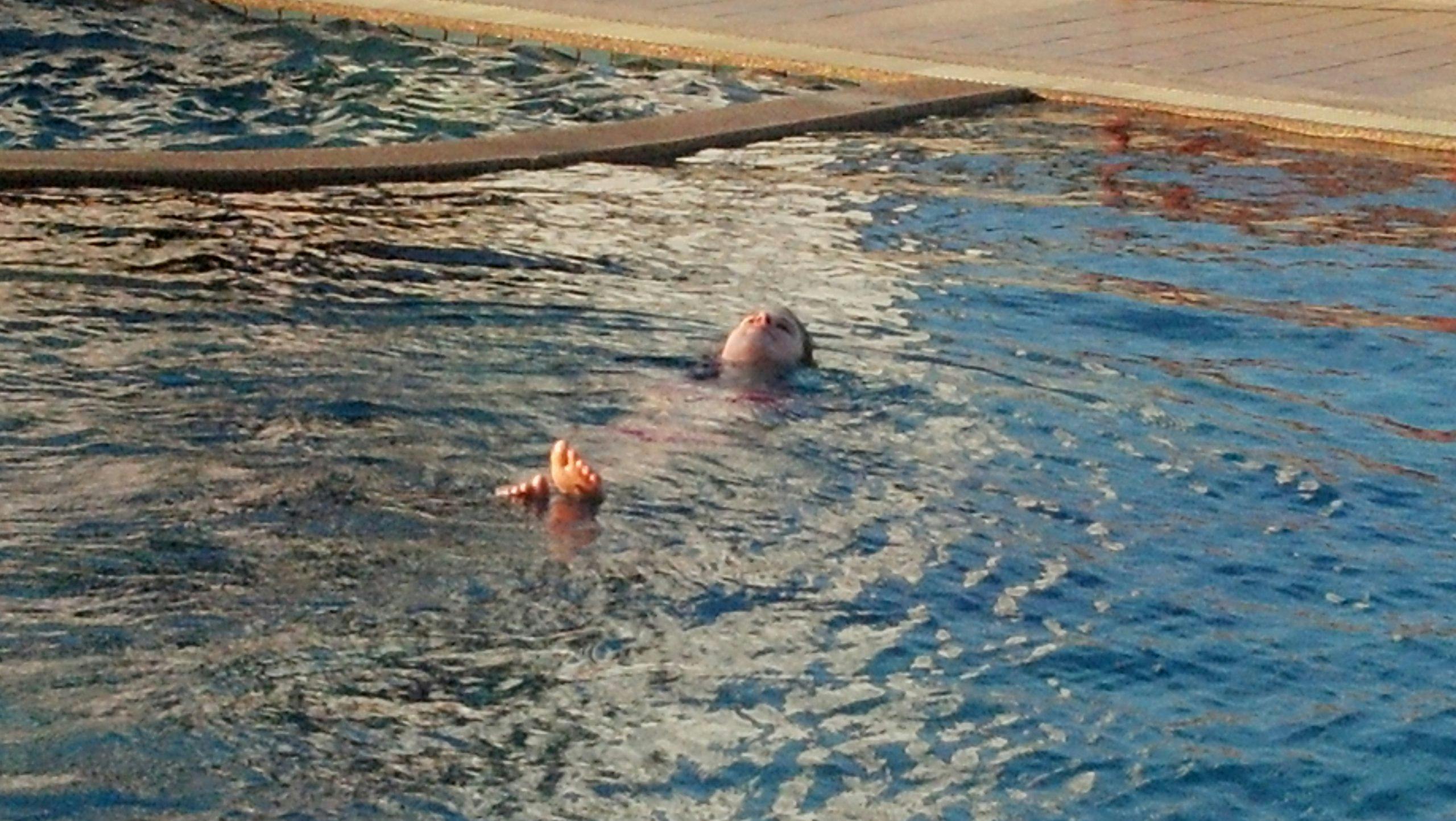
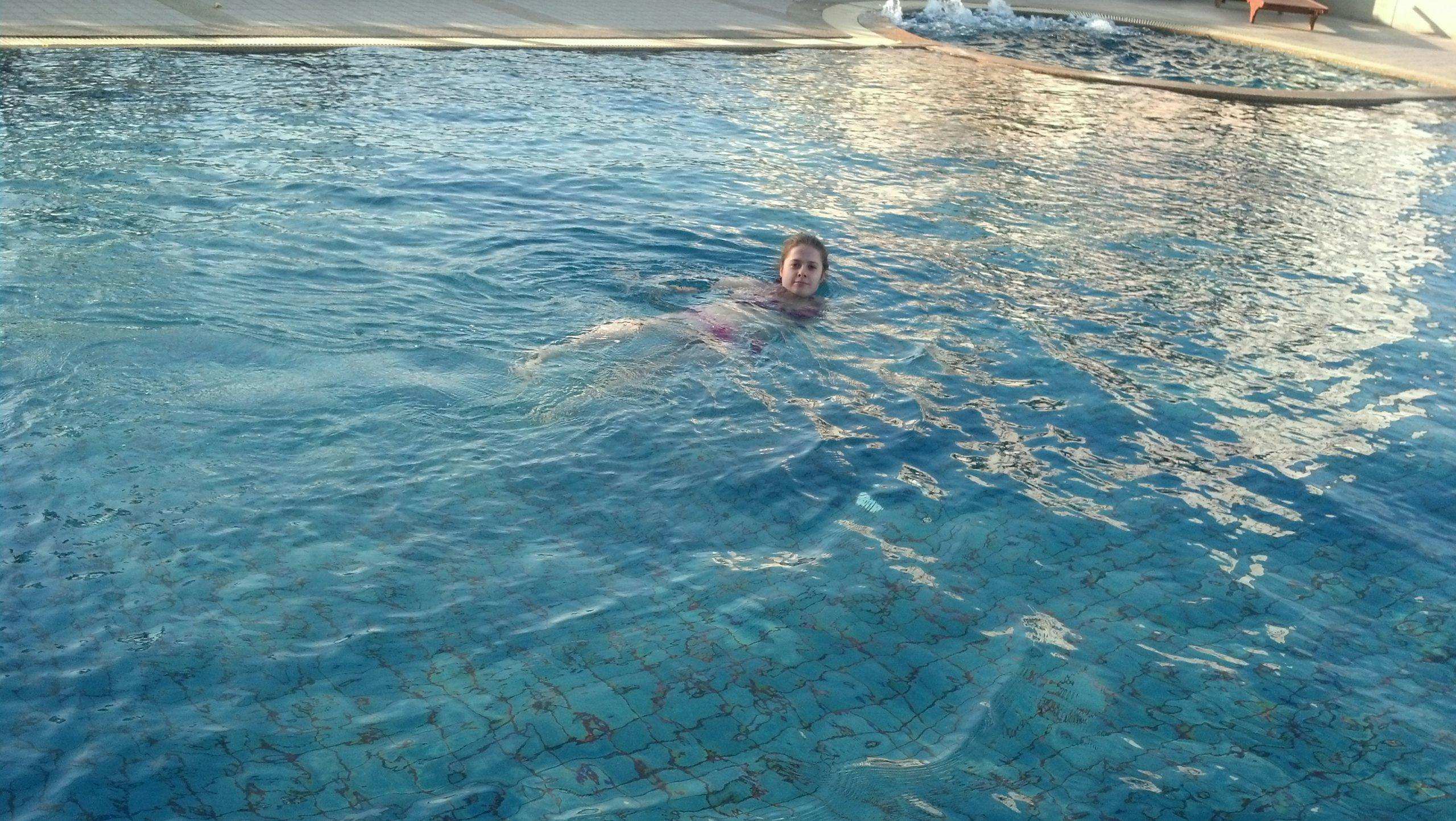
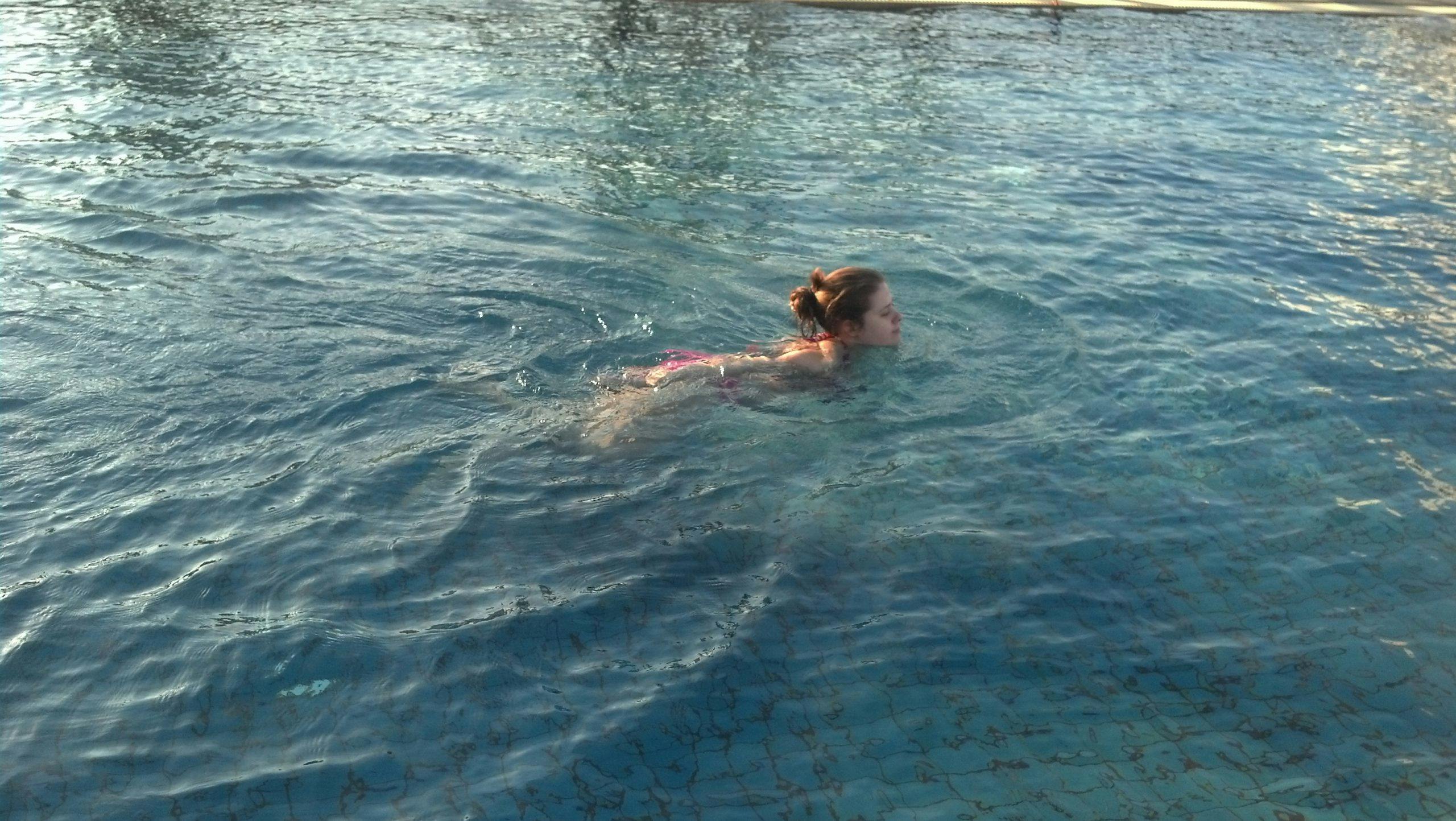
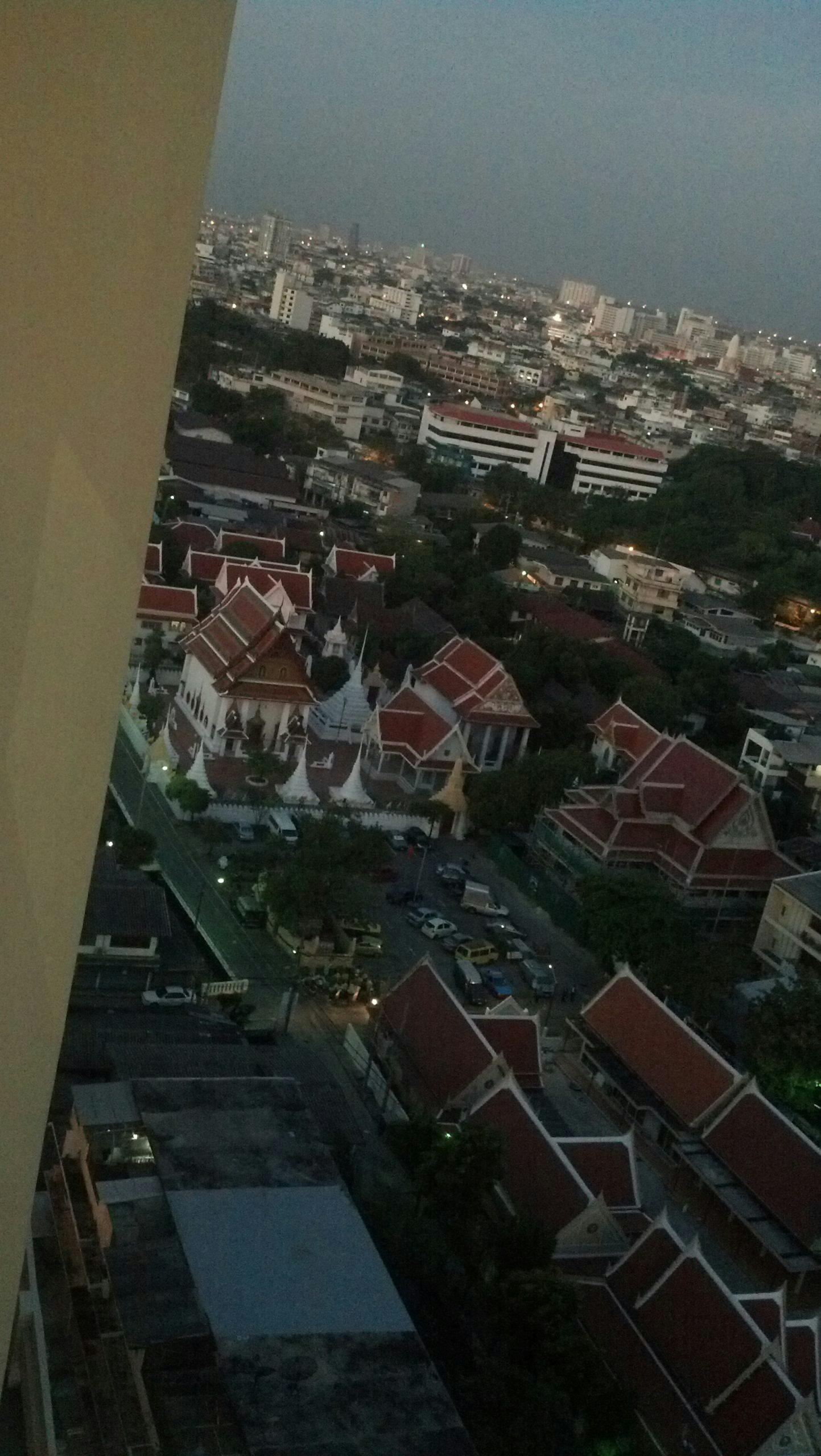
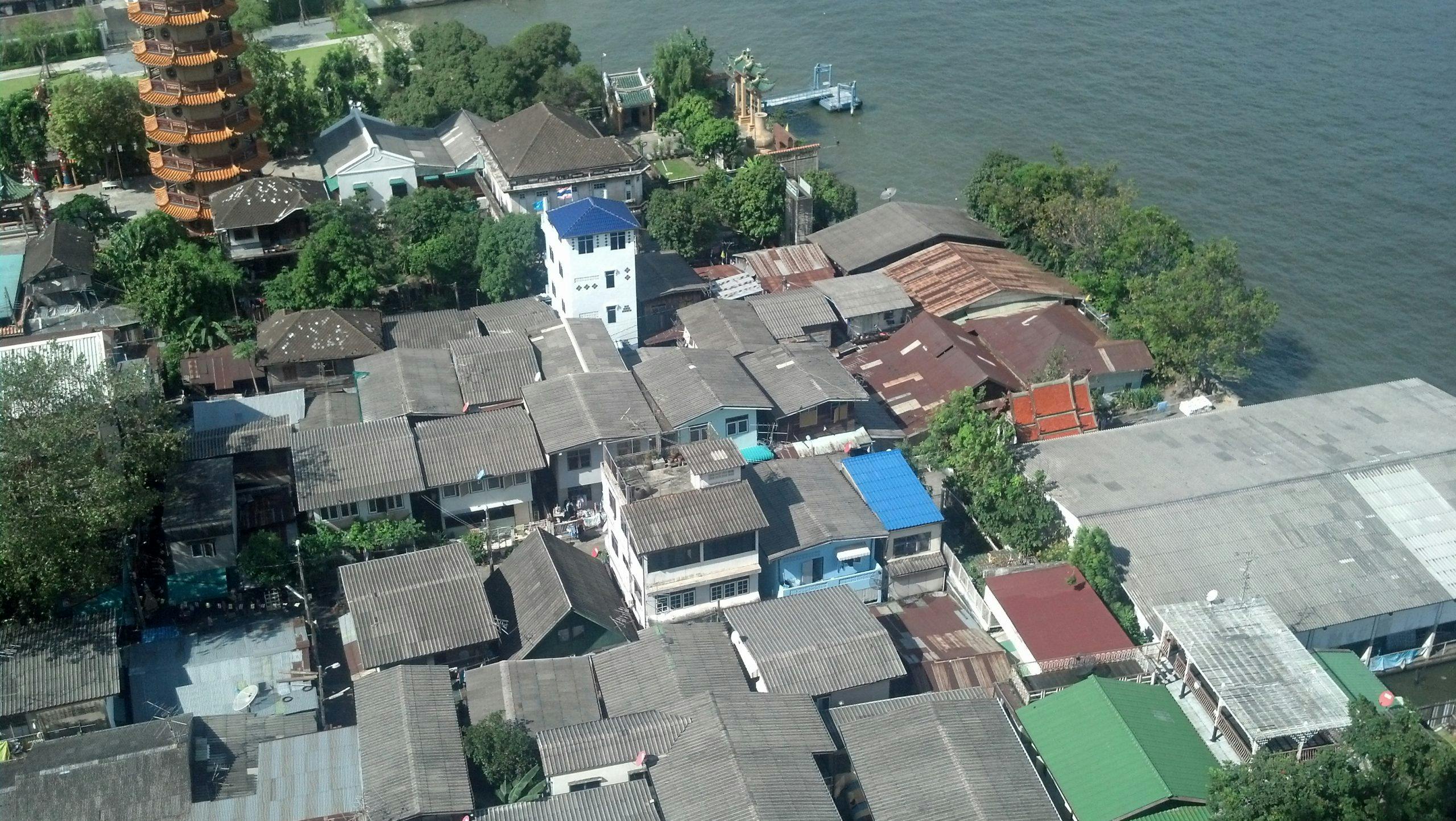
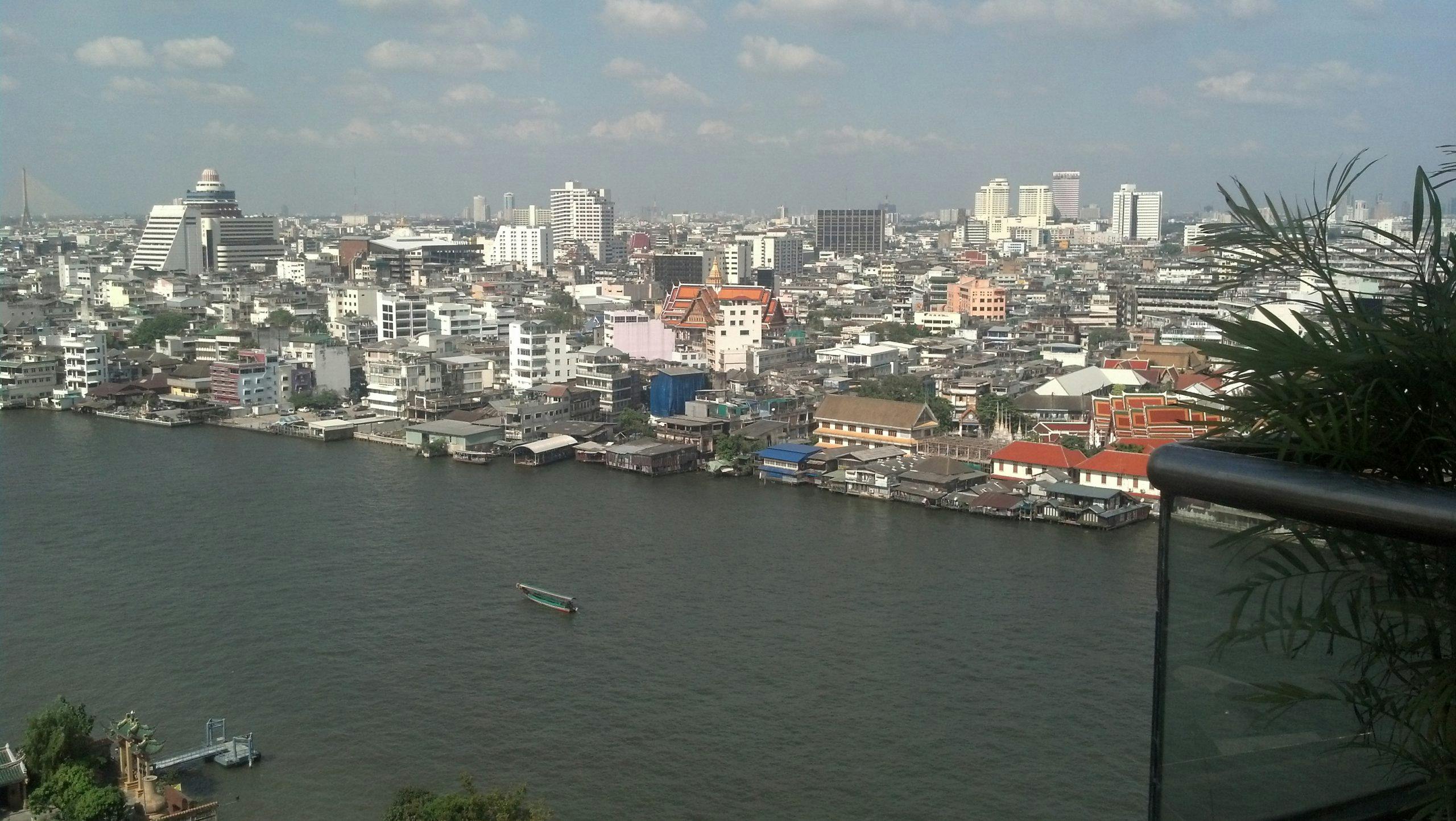
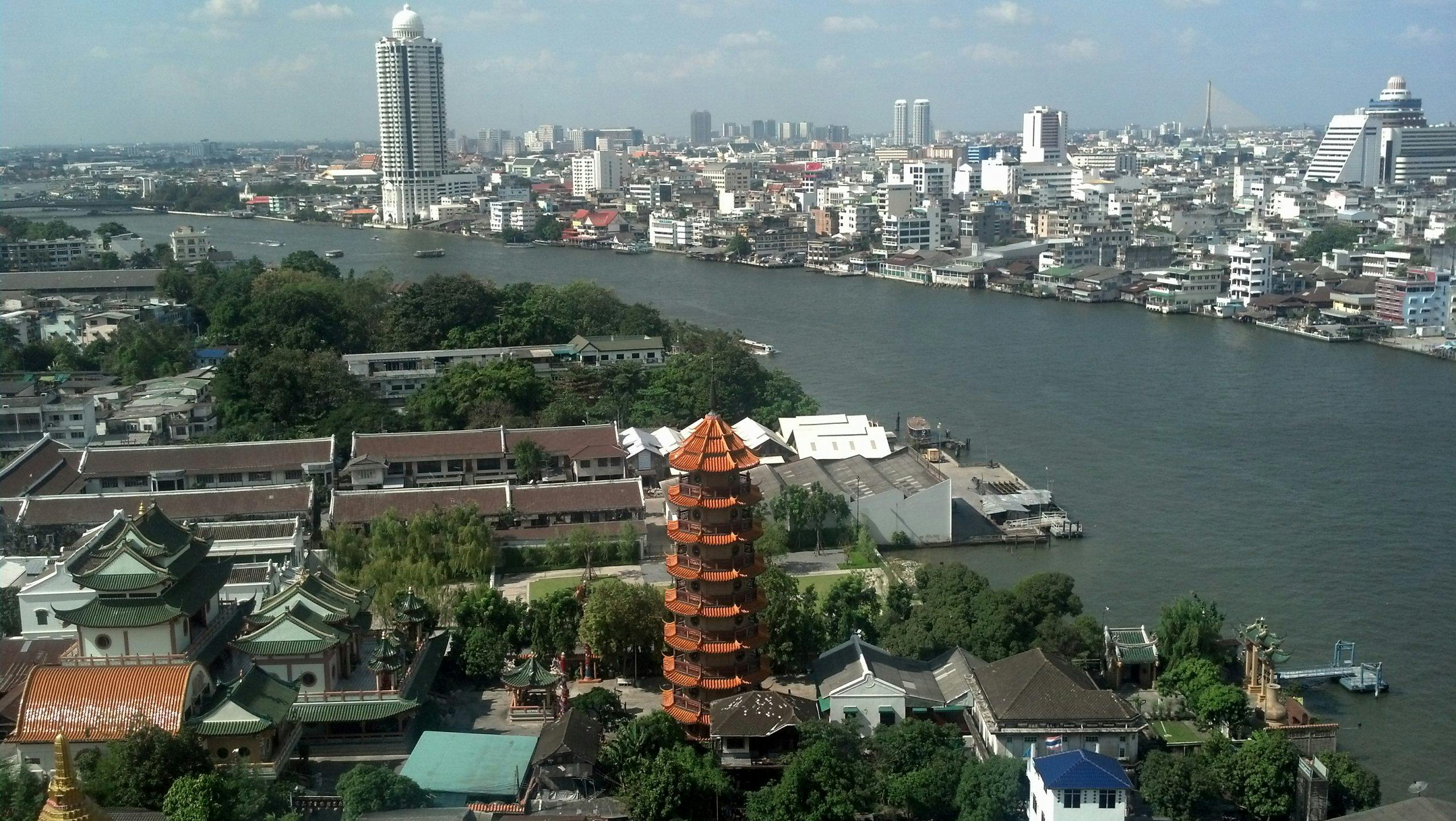
tl;dr version: We spent our first 2 days in Bangkok, eating food and visiting the Jim Thompson House.
Day 1
Despite having vowed not to sleep past noon, we awoke the next day around 1:30 or so. Right as we climbed out of bed, we heard someone trying to enter the apartment with keys. Assuming it was the maid, I cracked the door a bit, and I was greeted by an affable British fellow. Steven, one of Robert’s fiends, was stopping by to drop off milk and fruit for us. I put some clothes on, introduced myself, and thanked him for the food. Black coffee suits no one.
We moved slowly that morning, expecting to mostly get out for dinner and take in a bit of the city, leaving more of the sightseeing to later in the week. Robert has an odd coffee machine, called Le Cube, similar to the Keurig machines you see in the US, but for making espresso. It was surprisingly good.
We eventually got out of the apartment and headed down to the pier. Bangkok, unlike New York, uses its main river, Chao Praya, as a significant thoroughfare for transportation. All the hotels on the river charter boats guests can use to help get around the city. Additionally, there are a number of smaller boats which act like water taxis, which you hail from a pier to take you where you want to go. It’s a decent system for transportation, though it does make the river quite crowded; throw in some river cruises and a few barges, and it’s a wonder boats aren’t colliding left and right.
Baan Chao Praya, the apartment building we’re staying at, charters its own boat as well, and we got our first look at the city. It was surprising how many of the buildings along the water were poor, given the typically high value placed on waterfront property. It appears that a lot of the houses are built out of aluminum siding, and a number of them seem precarious as they rest along the riverbanks. The past year had experienced a significantly higher amount of flooding, which may account for the precariousness of their situation. The fact that some of the houses were even allowed to be lived in at all was surprising.
The boat took us to Saphon Taksin, a major pier for commuter boats, as well as an interchange with the Skytrain. The disembarking process was little more than sidling up to the pier and hopping off while the pilot revved the engine just enough to keep the boat pressed against the dock. It didn’t look like any of the locals ever had a problem with this, but I did see one French guy look perturbed when the driver told him to jump out.
The Skytrain is a fairly new and really beautiful public transport system. It unfortunately covers a fairly small portion of the city and doesn’t go anywhere near the Old City, where all the temples are. However, it is very easy to navigate and very cheap.
We took the Skytrain one stop to Surasak, looking for a restaurant that Robert had recommended called Taling Kling. The first street we wandered up was the wrong one, but we did come across an Indian temple, where we made Tourist Mistake #1: don’t stop to read the info signs. Immediately upon doing so, we were approached by a man with no front teeth, who started by actually giving us some useful information: during some yearly celebration near the temple, the entire street is blocked off to cars and thousands of people come out for what sounded like a giant party.
He then asked us where we were going, and we mentioned the restaurant. A nice Thai woman overheard us and provided directions in pretty good English. We thanked her, and as we walked away, I commented that I was surprised we didn’t get a pitch from the toothless man.
But I spoke too soon. The man chased us down in his tuk-tuk and hopped out, showing us a map of where we were and where he could take us. “20 Baht, 1 hour.” We said no thanks, and he was kind enough to leave us alone fairly quickly.
Two things about this I’ll mention: first, while people will try to sell you things constantly (taxi rides, clothes, jewelry, paintings), they’re pretty good about leaving you alone once you say no. The second thing (and this slightly contradicts the first) is we were told that this is a fairly common scam in Bangkok. A driver will take you on a tour for really cheap, and at the end of the tour, you’ll end up at a shop (I was told typically a jewelry store) where you’ll be pressured into buying some gems or other worthless stones, with the driver getting a cut. I think the quick “no” leads them to seek easier targets who may seem intrigued and thus more likely to buy stuff at the end as well.
The Thai woman’s directions led us to the restaurant, where we had our first sampling of local Thai food, as well as our first insight into how cheap this country can be: we went a little crazy, with 2 apps, 2 mains, and a dessert, as well as a few drinks plus water (which you have to pay for, because it’s all bottled), and it came out to 1,500 Baht, or $50 at the current exchange rate. We ate a number of meals for 2 people, with drinks, at restaurants, for under $10 (300 Baht), and the street food can provide a decent meal for 60-100 Baht.
We returned the way we came, but not before stopping at 7-11. Yes, they have those here, and they are EVERYWHERE (at Koh Samed, there were two of them across from each other just off the dock). It’s a bit of a cultural uncanny valley-esque experience. They have the same look and layout as an American one, complete with a Slurpee machine, but everything is in Thai (obviously) and the snacks for sale are very different – a lot of things are seafood-based, with crab and crawfish snacks, plus incense and an entire row dedicated to varieties of ramen noodles. We got some ramen and some yogurt and headed home.
Day 2
I slept fitfully, waking up everything two hours or so, while Heidi didn’t sleep at all. Being 12 hours off from your normal sleeping times will do at to you. It did provide the opportunity to take some great photos of the sunrise over Bangkok from Robert’s balcony.
We continued to move slowly, eventually getting out of the apartment around 9 or so. We took the boat to Saphon Taksin and rode to the end of the line, National Stadium. The Skytrain there connects to MBK, which is basically a mall of sorts, but not quite the same as malls you see in the States.
We went mostly for food, and on the fifth floor, they had a massive cafeteria-style setup called Fifth Avenue. Upon entering, you get a swipe card which you can use to buy food from a wide variety of stations, serving food from all over the world: Thai (obviously), Greek, Italian, Middle Eastern, Indian, Chinese, etc. It’s really a bit overwhelming, and I was still out of it, between the jet lag and the shock of being in another country.
After eating, we wandered around the mall a bit, checking the prices for things and deciding what we’d want to take a look at when we returned. We decided to hold off shopping until the end of the trip, for budgetary reasons, but it looks like a lot of things will be quite cheaper here.
We then headed over to the Jim Thompson House, for our sightseeing of the day. Jim Thompson was an agent for the OSS, and he was stationed in Thailand during WWII. He loved the culture of Thailand so much that he decided to move there, where he built a traditional Thai-style house and reinvigorated the local silk-making industry, establishing the Jim Thompson Thai Silk Company and making Thai silk world-renowned. He disappeared quite suddenly at the age of 61 in 1967 in Malaysia, coincidentally at the age his horoscope told him to watch out.
His house was left behind, and it was quite beautiful. He actually took 6 traditional houses and transported them to the current spot and merged them together. Much of the house is designed, built, and decorated in the traditional Thai style, with a few alterations for convenience. It’s basically a museum now, housing Thompson’s large collection of artifacts from around Southeast Asia, although there is a lot of the house that retains some of the living furniture, like the bedroom and living room.
The whole set up gives you a pretty good insight into Thai houses and culture. Some notable factoids: most houses are built on stilts to ward against floods; the bedrooms are built with a raised threshold to keep babies in and bad spirits out; one of my favorite artifacts was the Mouse House, a Chinese kids could place a mouse into and watch him run around for hours – adults would also gamble on which mouse would escape first; the house was built inside out to emphasize the carving.
We returned home relatively early and researched buses to Koh Samed, as that is where our first excursion would take us.
